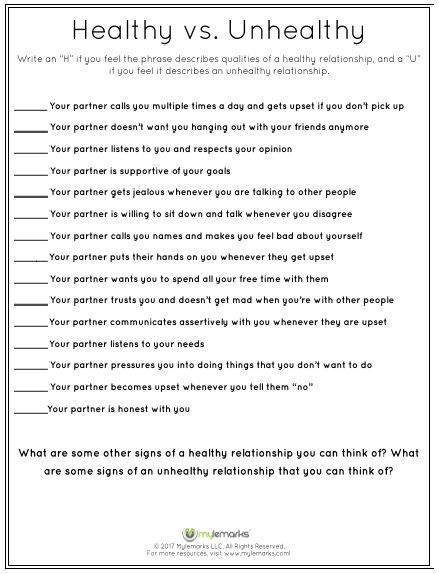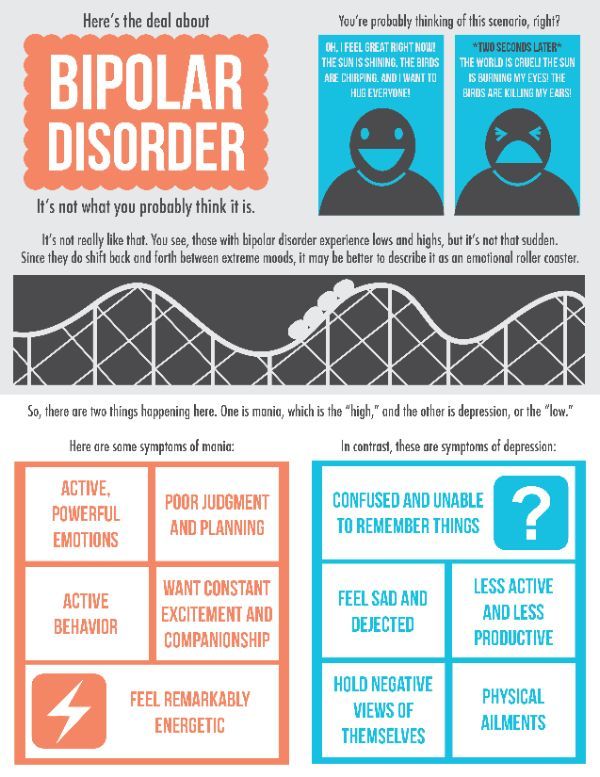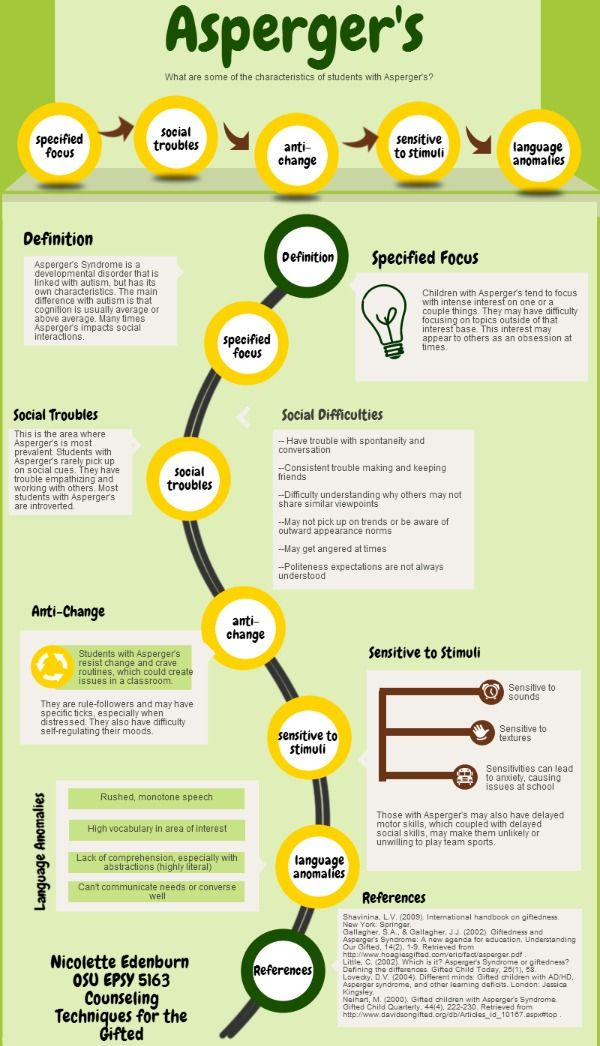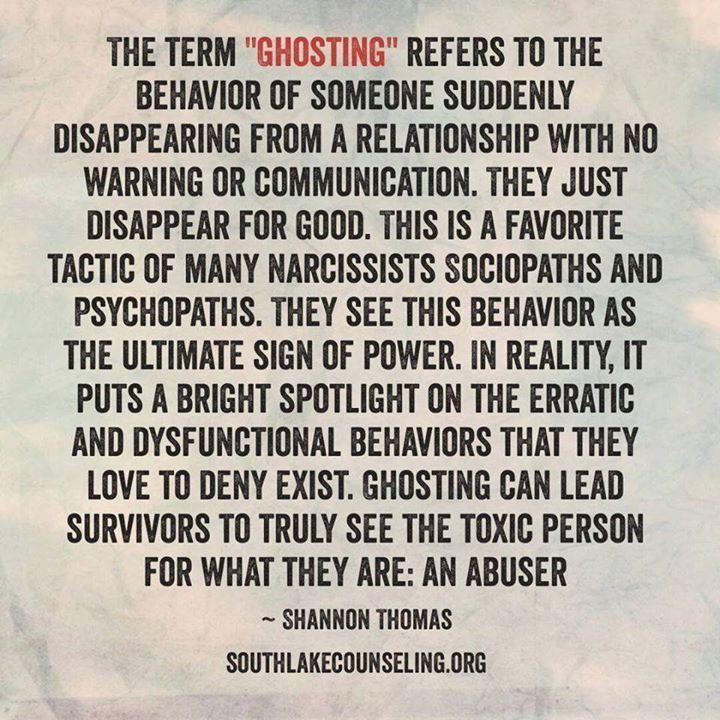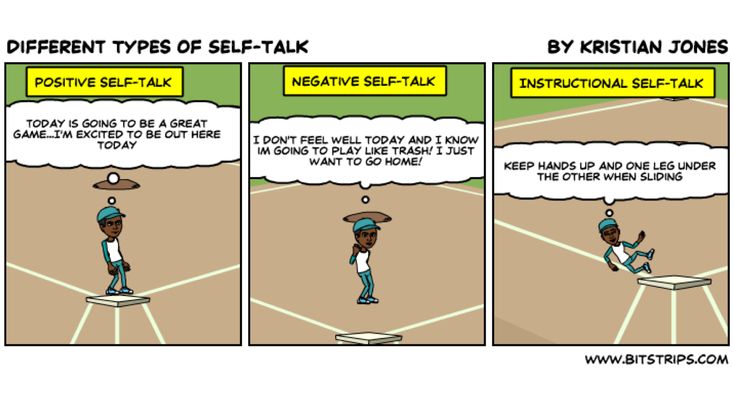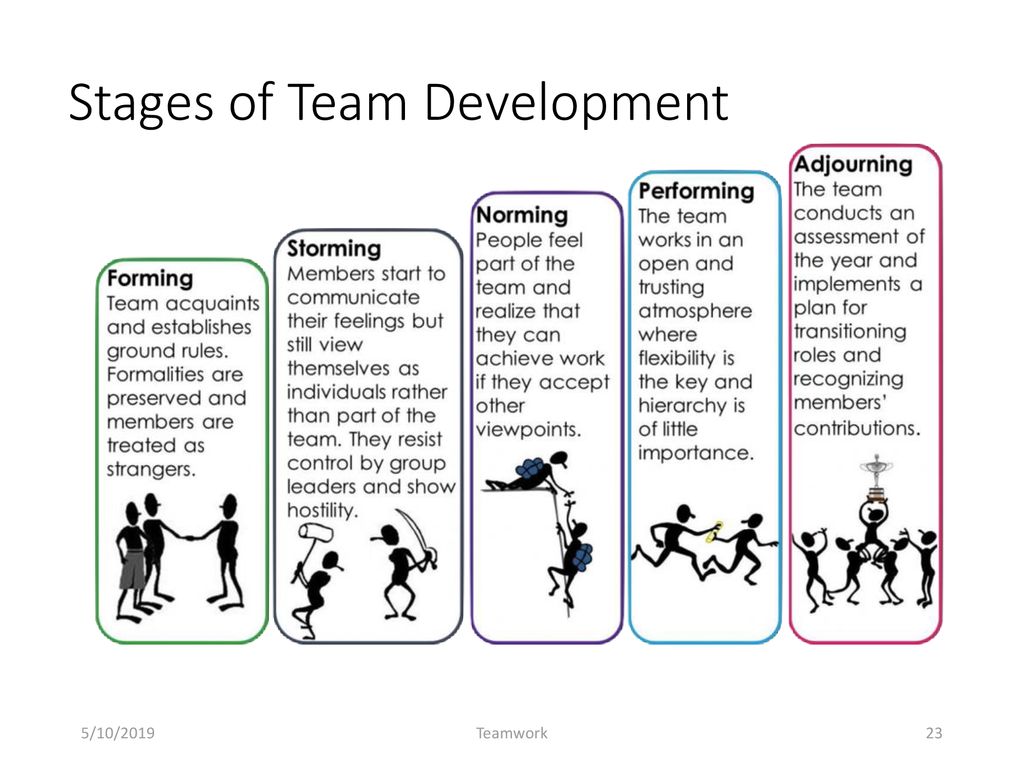Boundaries in relationships worksheet
How to Set Healthy Boundaries & Build Positive Relationships
Healthy boundaries define what is appropriate behavior in our relationships – behavior that keeps both parties safe.
And setting healthy boundaries is crucial for self-care and positive relationships.
But let’s first understand what boundaries are.
Boundaries differ from person to person and are mediated by variations in culture, personality, and social context. Boundaries appropriate in a business meeting would seem irrelevant in a nightclub with old friends! Setting boundaries defines our expectations of ourselves and others in different kinds of relationships.
Below, we will examine definitions of relationship boundaries, how to set healthy boundaries, the different types of boundaries, and how to establish healthy boundaries in different contexts. We review the New York Times bestseller “ Set Boundaries, Find Peace”.
In addition, we offer these free Positive Relationships PDF worksheets to help your clients define and set healthy boundaries—essential for healthy relationships.
This Article Contains:
- What Are Boundaries?
- How to Set Healthy Boundaries
- Examples of Healthy Boundaries
- Personal and Emotional Boundaries
- Boundaries in Psychology
- Set Boundaries, Find Peace: A Review
- 7 Healthy Boundaries Worksheets (PDFs)
- Positive Relationship Resources
- A Take-Home Message
- References
What Are Boundaries?
Let’s define boundaries. Put simply:
“A boundary is a limit or edge that defines you as separate from others”
(Katherine, 2010, p. 14).
Our skin is an obvious physical boundary, but we have other kinds of interpersonal boundaries too, including a limit that extends beyond our body.
Consider what happens when somebody stands too close for comfort. We often describe it as someone invading our personal space, but definitions of personal space vary according to culture, the type of relationship involved, and social context.
Comfortable boundaries with your partner at home, would not be appropriate in a different social context, such as attending a business dinner together.
Similarly, the level of physical intimacy deemed appropriate for expression in public spaces varies wildly across cultures.
When I lived in Sri Lanka, it was customary for children to greet their parents by touching their feet rather than hugging them. Meanwhile, touching, hugging, and kissing between married couples was frowned upon in public.
However, in the UK, hugging and kissing in public is acceptable, and embraces between friends, partners, and family members are deemed appropriate in shared public spaces.
Having said that, we all have friends or family members who are personally uncomfortable with hugging in any situation other than in private with their partner. Each individual is different.
So, in summary, a relationship boundary is an interpersonal limit that is mediated by variations in personality, culture, and social context.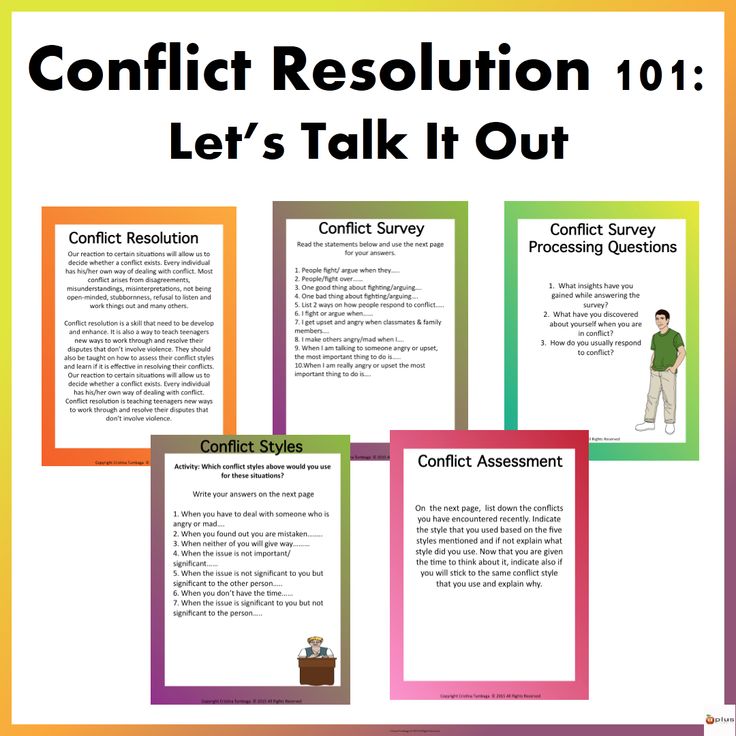
How to Set Healthy Boundaries
Setting healthy boundaries requires self-awareness. We need to be clear about our expectations of ourselves and others, and what we are and are not comfortable with in specific situations. Setting healthy boundaries requires good communication skills that convey assertiveness and clarity.
Assertiveness involves expressing your feelings openly and respectfully. It does not entail making demands, but it requires people to listen to you. Setting healthy boundaries requires you to assert your needs and priorities as a form of self-care. Tawwab outlines three easy steps to setting healthy boundaries:
Step 1. Be as clear and as straightforward as possible. Do not raise your voice.
Step 2. State your need or request directly in terms of what you’d like, rather than what you don’t want or like.
Step 3. Accept any discomfort that arises as a result, whether it’s guilt, shame, or remorse.
The third step is common for people with poor boundaries, codependency issues, or are people pleasers.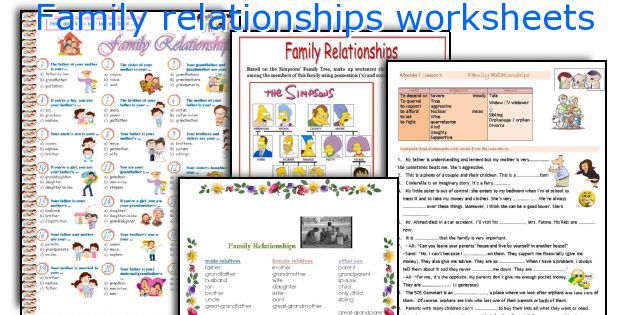
Sometimes, adults have been raised by childhood carers who’ve taught them that expressing their needs is bad and selfish. However, not accepting the discomfort that comes from setting healthy boundaries in adulthood means settling for unhealthy relationships that can cause resentment, manipulation, and abuse.
Examples of Healthy Boundaries
Examples of healthy boundaries include:
- Declining anything you don’t want to do
- Expressing your feelings responsibly
- Talking about your experiences honestly
- Replying in the moment
- Addressing problems directly with the person involved, rather than with a third party
- Making your expectations clear rather than assuming people will figure them out.
Setting healthy boundaries also requires an awareness of different boundaries involved in relationships, as illustrated in our ‘7 Types of Boundaries’ diagram below.
Personal and Emotional Boundaries
In this section, we will look at personal and emotional boundaries.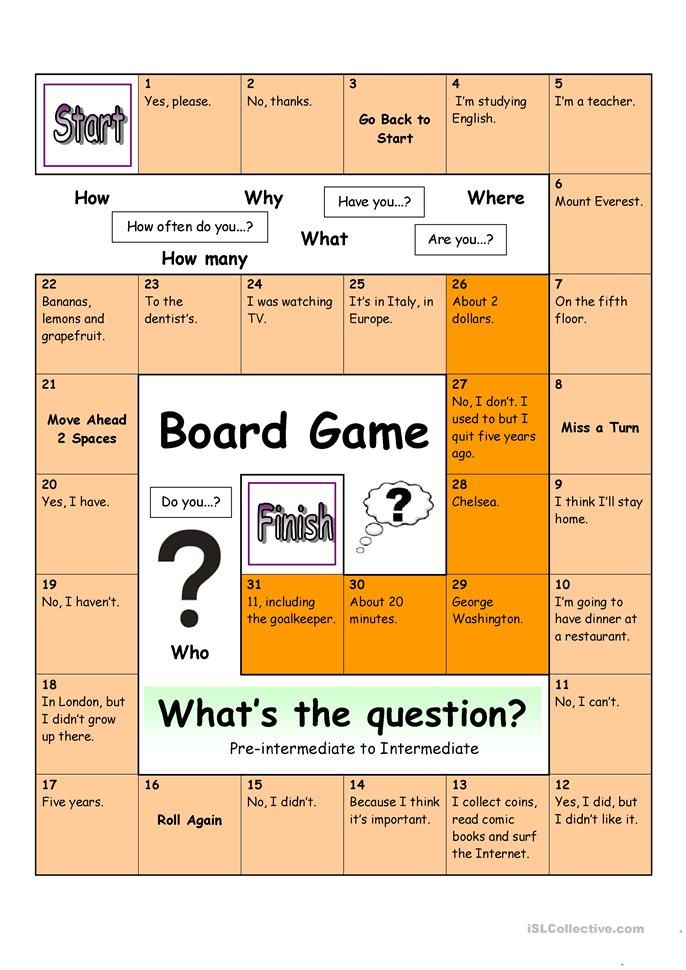 In the diagram above, personal boundaries refer to all seven types of boundaries that affect our personal wellbeing.
In the diagram above, personal boundaries refer to all seven types of boundaries that affect our personal wellbeing.
When we maintain healthy boundaries in all seven domains we will thrive, but when others cross or violate our boundaries, there will be a personal cost if we do not address it.
One domain refers to emotional boundaries which determine how emotionally available you are to other people. We all need support at different times when life hits us with unexpected events, or just help to process the onslaught of micro stressors during the day, sometimes referred to as ‘daily hassles’ in the psychology literature (Falconier et al., 2015).
However, we can’t always be there for people as we often have other priorities to attend to, such as work, domestic, and family responsibilities. As adults, we must take care of ourselves first. Self-care is the foundation of health, while putting others’ needs before our own is a characteristic of codependency that can lead to burnout.
When we don’t maintain healthy emotional boundaries with others, we may feel resentful, guilty, and drained.
As in the 7 Types of Boundaries diagram above, it is perfectly OK to state your limitations to people who make demands of your emotional resources. If they push back against your boundaries or continue to violate them, then this shows your relationship may be off balance, problematic, or even toxic.
If so, then restate your boundary and withdraw calmly. There is no need to over-explain yourself or apologize for setting boundaries, as everyone may say what they do and do not want to do.
When we are dealing with people who repeatedly cross or violate our personal boundaries, then the whole nature of the relationship may need to change. This can be tricky when the relationship is with somebody we cannot escape, such as co-workers and family members.
The rest of the article focuses on how to set healthy boundaries in specific relationship contexts.
Boundaries in Psychology
Boundaries are essential for maintaining psychological wellbeing, especially when providing psychological services to clients as mental health professionals.
There is extensive literature on the harms caused by poor boundaries and boundary violations in clinical relationships with patients and clients (Aiyegbusi & Kelly, 2012; Aravind, Krishnaram & Thasneem, 2012; Davies, 2007).
The APA’s psychologists’ code of ethics does not make any explicit statements about professional boundaries, although it covers related areas including:
- multiple relationships (such as offering therapy to a student or friend),
- sexual intimacies with current therapy clients/patients;
- sexual intimacies with relatives or significant others of current therapy clients/patients;
- therapy with former sexual partners; and
- sexual intimacies with former therapy clients/patients (American Psychological Association, 2017).
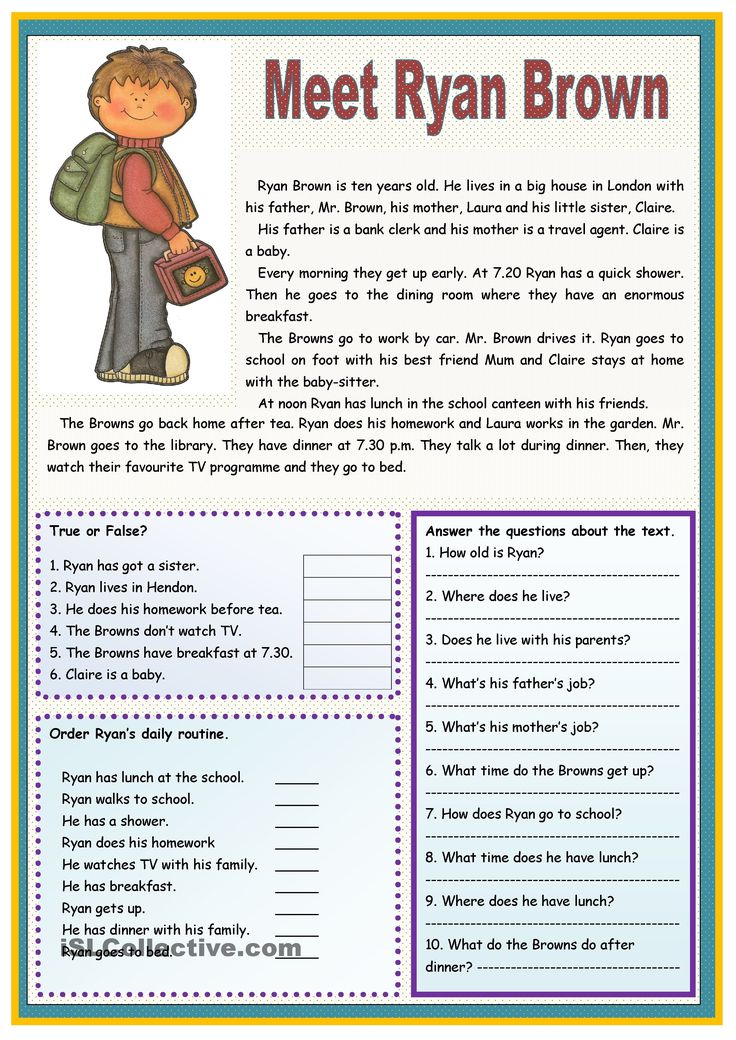
Similarly, the BPS has no explicit statement on boundaries in their code of ethics for British psychologists and associated clinical professions, but outlines key principles including confidentiality and the related code of conduct (British Psychological Society, 2021).
Meanwhile, the British Association for Counselling and Psychotherapy (BACP) has a detailed position statement on boundaries which begins as follows:
“It is a therapist’s duty to keep their clients psychologically safe. Boundaries are agreed limits or rules which help provide this safety and protect both the client and the therapist. They set a formal structure, purpose and standards for the therapy and the therapeutic relationship” (British Association for Counselling and Psychotherapy, 2020, para. 3).
Health professionals of all kinds occupy a position of trust in their patients’ and clients’ lives. In legal terms, clinical and caring professionals have a fiduciary duty toward their clients as beneficiaries of their services that entails maintaining professional boundaries that protect the client’s interests above their own, at all times (Aravind, Krishnaram & Thasneem, 2012).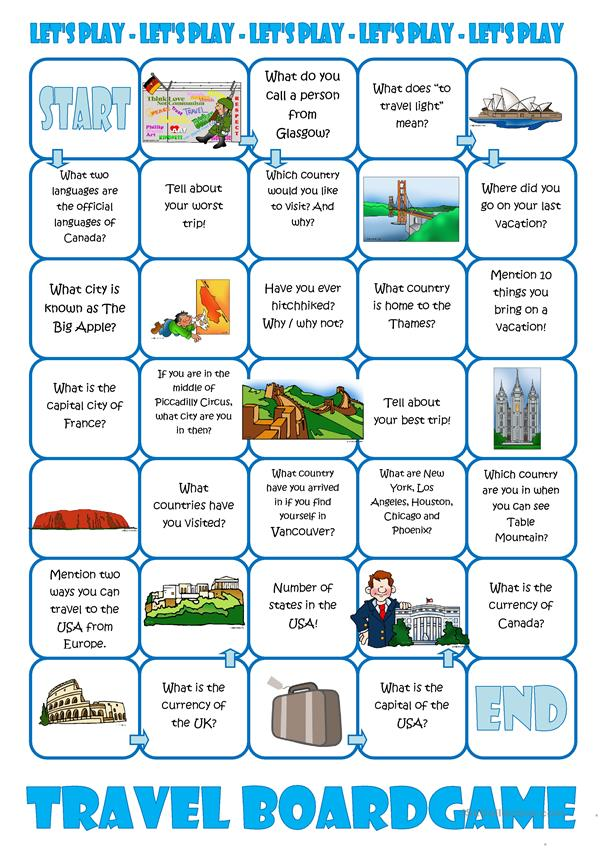
Setting boundaries at work
Maintaining healthy boundaries at work has become increasingly difficult with flexible working, remote and hybrid working, and technological progress.
Setting boundaries at work begins during the interview process, where you can establish what kinds of work practices you will accept, especially accessibility during working hours, out-of-hours working, and remote working arrangements.
Career Contessa offers eight tips for establishing healthy boundaries in the workplace.
- Assess your personal boundaries first. These will be determined by your values and priorities. If you are not clear about your boundaries, then it’s much easier for others to cross them or violate them, leading to discomfort, stress, and even resentment.
- Communicate directly. Be upfront yet professional. Avoid getting involved in discussing your colleagues with each other. Let people know when you are available and how you handle emails that arrive in your inbox outside work hours.
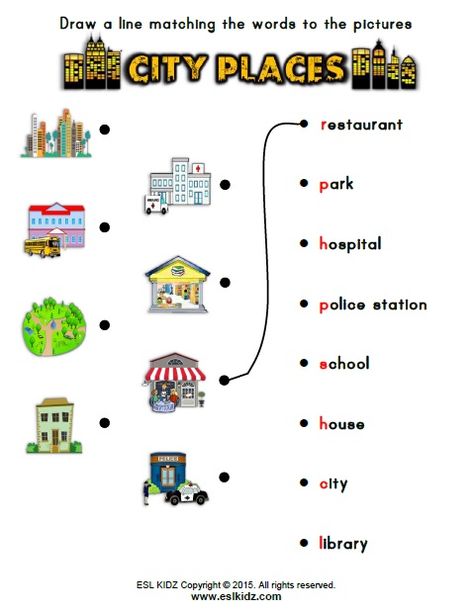
- Create clear structures for your work, especially times for focused work, by letting your colleagues know when you do not want to be disturbed.
- Keep your relationships professional. As tempting as it may be to become best friends with colleagues, it can lead to blurred boundaries and problems later on.
- Delegate work when appropriate to manage your workload.
- Get comfortable saying no.
- Take time off.
- Use technology to set and maintain work boundaries, by keeping others informed and using shareable project management tools, such as Trello or Asana.
Watch their video below for more detail.
If you find yourself in a workplace where your boundaries are repeatedly crossed or violated despite setting boundaries, then you may be being bullied or harassed.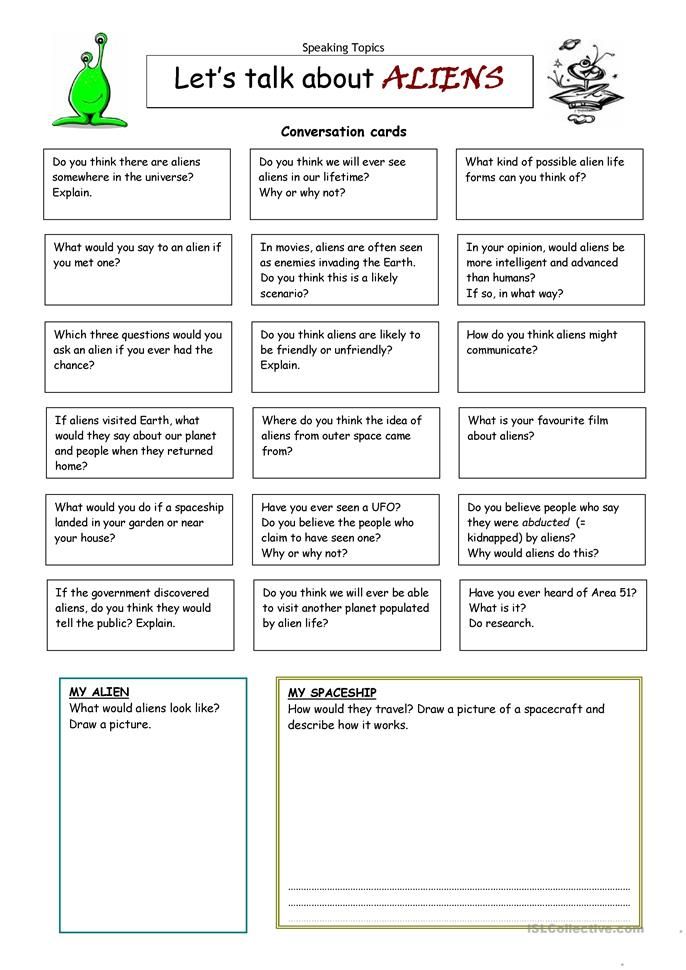 Look at this article on workplace bullying on how to manage and address the situation.
Look at this article on workplace bullying on how to manage and address the situation.
Healthy boundaries in friendships
The tips for keeping healthy boundaries in friendships include some points mentioned above, especially understanding your personal limits in terms of time and emotional investment.
These can also change as life events occur that entail a shift in priorities. For example, the time and energy you invest in friendships may change after starting a family. Your children become a priority and friendships may become less important until your children become more independent.
In the TED Talk below, Shasta Nelson describes the three requirements for healthy friendships that she calls ‘frientimacy’ as:
- Positivity
- Consistency
- Vulnerability
Setting boundaries and maintaining them with friends requires mutual trust and respect.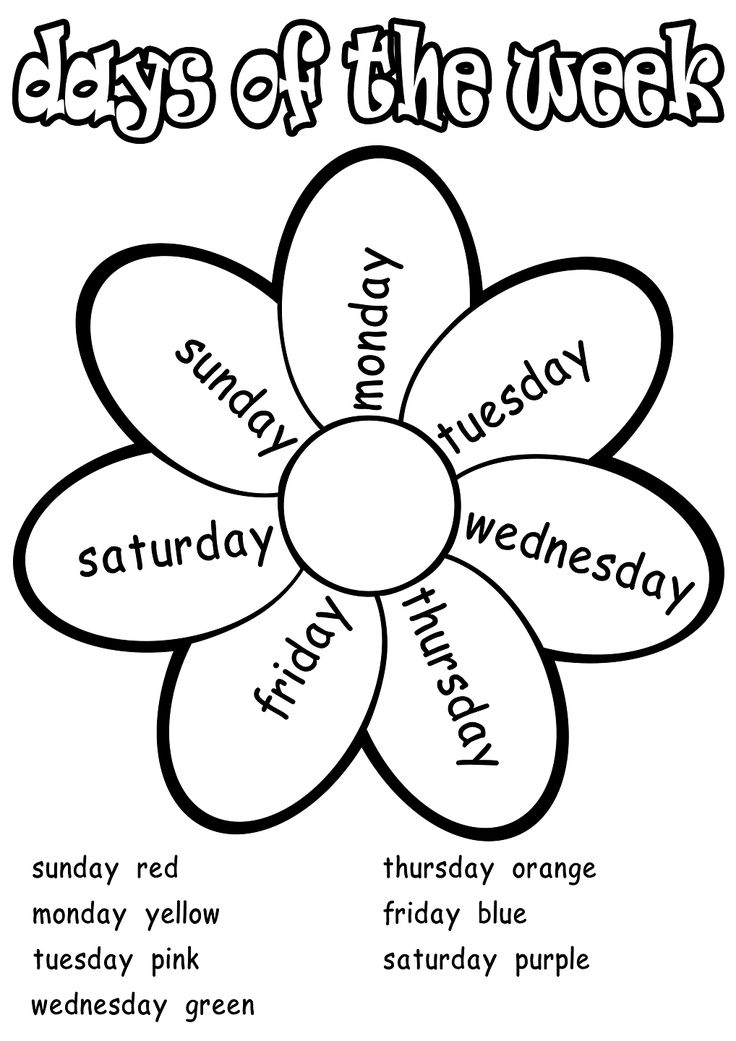 Refer to our seven types of boundaries diagram above to consider your boundaries in friendships.
Refer to our seven types of boundaries diagram above to consider your boundaries in friendships.
Boundary setting with friends who have crossed or violated them can be difficult, and you may experience pushback. If so, reassert the boundary again and be prepared to take a break from them by ignoring messages and calls for a while if the pushback continues.
Dr. Nicole LePera is a clinical psychologist trained at Cornell University in the US who has her own YouTube channel called the Holistic Psychologist. In the video below, she outlines the three key boundaries she has identified as essential for healthy friendships:
- Conversational
- Consumption
- Energetic
Boundaries in relationships
This section will take a brief look at boundaries in intimate relationships between partners.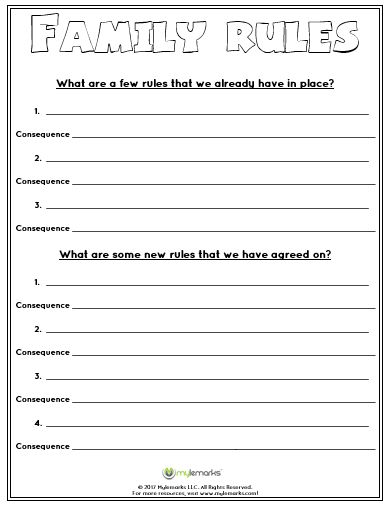 Many of the tips offered above also apply to intimate partnerships, including marriage. Let’s just take a moment to consider this quote:
Many of the tips offered above also apply to intimate partnerships, including marriage. Let’s just take a moment to consider this quote:
“Boundaries are the gateway to healthy relationships.”
(Tawwab, 2021, p. 3)
Romantic relationships often run into trouble when implicit assumptions are made about shared values and relationship goals.
The key to having healthy intimate partnerships is clear communication between partners about mutual needs and expectations. Our worksheets below will provide further guidance.
This video by FlexTalk discusses how to set and maintain healthy boundaries in marriage, which also applies to any committed intimate partnership.
Set Boundaries, Find Peace: A Review
‘Setting limits won’t disrupt a healthy relationship’ says the author of this book, Nedra Glover Tawwab, a psychotherapist.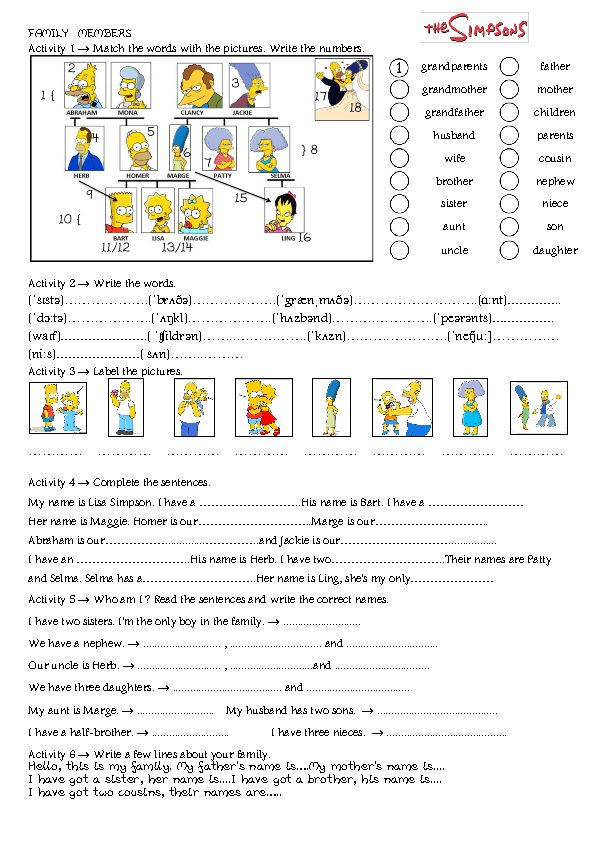 (Tawwab, 2021, p. 130).
(Tawwab, 2021, p. 130).
If you struggle with setting boundaries, then this book is for you. It prioritizes the self-care we need to look after ourselves and others.
The author uses real-life case histories from her therapeutic practice to illustrate a range of problems caused by poor boundaries.
In each chapter, she offers exercises to help readers identify communication skills deficits that lead to poor boundaries and provides helpful tips on how to set and maintain boundaries.
By setting boundaries in relationships, we also discover which relationships are healthy and which are not. As Tawwab explains, if friends, family members, or work colleagues push back against our boundaries by ignoring them, challenging them, or cutting us off, then the relationship was already in deep trouble and needed to end.
However, boundaries are not walls. Tawwab says that behavior that erects walls, such as cutting people off without giving them a right to reply, (sometimes called ghosting) or prolonged silent treatment, is not about setting healthy boundaries, it is emotionally abusive.
Part two is a guide on how to set boundaries in all kinds of relationships, including family, romantic relationships, friendships, at work, and with social media and technology use. This is all followed up by a self-assessment quiz to help you check your progress.
Find the book on Amazon.
7 Healthy Boundaries Worksheets (PDFs)
To assist your clients in determining their boundaries, and then be comfortable in asserting them, make use of this selection of helpful resources.
1. Visualizing Your Boundaries
The worksheet Visualizing Your Boundaries helps your client identify life areas needing firmer boundaries.
2. The Personal Boundary Continuum – A Self-Reflection Tool
The Personal Boundary Continuum exercise helps your client define their boundaries in different life domains, and understand which areas of life may need more flexibility or firmer boundaries.
3. How to Set Boundaries – Saying No
This Saying No worksheet offers tips on how to set boundaries using the word ‘no’.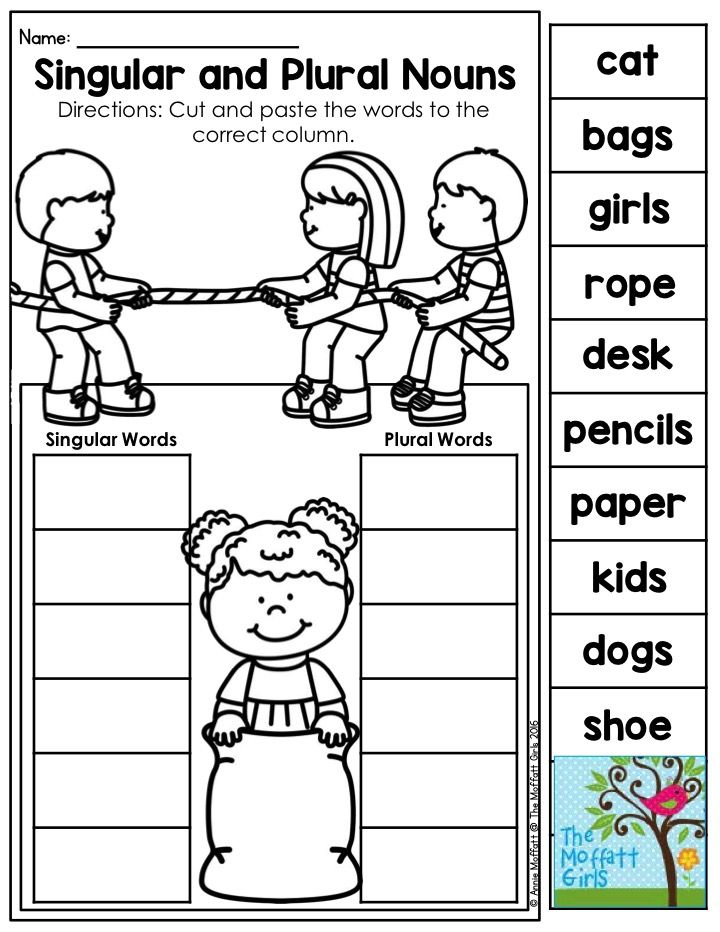
4. How to Set Boundaries – Stating What You Want
This State What You Want worksheet offers tips on how to set boundaries by stating what you want.
5. Group Boundary Setting Exercise
This Group Boundary Setting worksheet describes a group exercise that uses body language and speech to set and maintain boundaries.
6. Dealing With Boundary Violations
Dealing With Boundary Violations presents eight steps for dealing with boundary violations, especially when we are setting new boundaries in difficult situations.
7. Setting Internal Boundaries
The Setting Internal Boundaries worksheet helps you set internal boundaries by committing to the behavior you want to embrace (e.g., taking regular exercise, keeping a journal) and avoiding behavior that leaves you feeling uncomfortable (e.g., getting drunk with friends, yelling at your partner).
Positive Relationship Resources
PositivePsychology.com has several other relationship articles with resources you may find useful.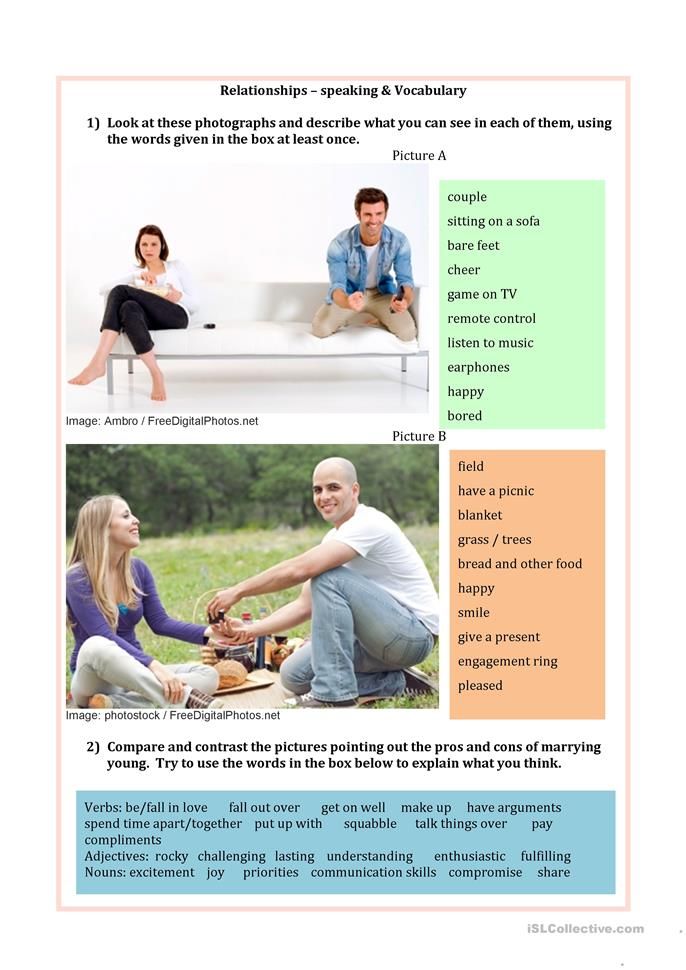 Click on the links below for more.
Click on the links below for more.
- Building Healthy Relationships: Helpful Worksheets
- The Importance of Positive Relationships in the Workplace
- Conflict Resolution in Relationships & Couples: 5 Strategies
- Conflict Resolution Strategies for the Workplace
- Emotional Intelligence in Relationships (+Activities for Couples)
A Take-Home Message
Setting healthy boundaries is an essential life skill and an important self-care practice. Healthy boundaries create healthy relationships.
While someone who’s not used to setting boundaries might feel guilty or selfish when they first start, setting boundaries is necessary for mental health and wellbeing.
Appropriate boundaries can look very different depending on the setting, but it’s important to set them in all areas of life where we interact with others.
Finally, while setting boundaries is crucial, it is just as important to respect others’ boundaries, including parents, children, romantic partners, managers, coworkers, and anyone else we interact with.
We hope you enjoyed reading this article. Don’t forget to download our three Positive Relationships Exercises for free.
- Aiyegbusi, A. & Kelly, G. (2012). Professional and therapeutic boundaries in forensic mental health practice. Jessica Kingsley Publishers.
- American Psychological Association. (2017). Ethical principles of psychologists and code of conduct (2002, amended effective June 1, 2010, and January 1, 2017). Retrieved on 28 Oct 2022 from http://www.apa.org/ethics/code/index.html
- Aravind, V. K., Krishnaram, V. D., & Thasneem, Z. (2012). Boundary crossings and violations in clinical settings. Indian Journal of Psychological Medicine, 34(1):21-4.
- British Association for Counselling and Psychotherapy. (2020). What do counsellors and psychotherapists mean by boundaries – Client information sheet. Retrieved on 28 Oct 2022 from https://www.bacp.co.uk/media/8273/bacp-boundaries-client-information-sheet-april-2020.
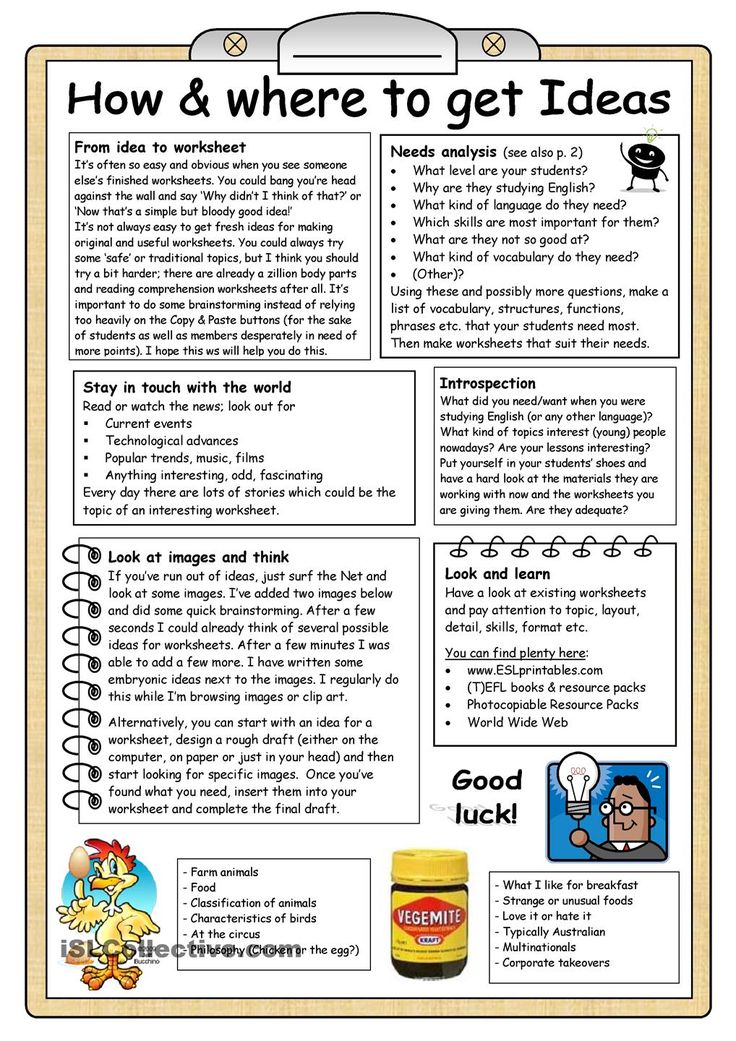 pdf
pdf - British Psychological Society. (2021). BPS Code of Ethics and Conduct. Retrieved on 28 Oct 2022, from https://cms.bps.org.uk/sites/default/files/2022-06/BPS%20Code%20of%20Ethics%20and%20Conduct.pdf
- Davies, M. (2007). Boundaries in counselling and psychotherapy. Athena Press.
- Falconier, M. K., Nussbeck, F., Bodenmann, G., Schneider, H., & Bradbury, T. (2015). Stress from daily hassles in couples: Its effects on intradyadic stress, relationship satisfaction, and physical and psychological well-being. Journal of Marital and Family Therapy, 41, 221– 235.
- Katherine, A. (2010). Boundaries: Where you end and I begin. Hazelden Publishing.
- Tawwab, N. G. (2021). Set boundaries, find peace: A guide to reclaiming yourself. Little, Brown Book Group.
10 Examples + PDF Worksheets — Kindred Roots Counselling
Written by Joaquín Selva, Bc.S., Psychologist for Positive Psychology
Setting boundaries is an important part of establishing one’s identity and is a crucial aspect of mental health and well-being.
Boundaries can be physical or emotional, and they can range from being loose to rigid, with healthy boundaries often falling somewhere in between.
This article will discuss what healthy boundaries are and how to set them, why healthy boundaries are important for self-care, and how to explain boundaries to adults and children.
Learning to show compassion and kindness to yourself is crucial in setting healthy boundaries. Before you read on, we thought you might like to download our 3 Self-Compassion Exercises for free. These detailed, science-based exercises will not only help you show more compassion to yourself but will also give you the tools to help your clients, students or employees increase their self-compassion.
You can download the free PDF here.
This article contains:
What Are Healthy Boundaries?
Healthy Boundaries and Self-Care
10 Examples Of Healthy Boundaries
How To Set Personal and Emotional Boundaries
Boundaries In Relationships
Healthy Boundaries Worksheets (PDFs)
Boundaries Worksheets for Kids and Parents (PDFs)
A Take-Home Message
References
What Are Healthy Boundaries?
According to IPFW/Parkview Student Assistance Program:
“A boundary is a limit or space between you and the other person; a clear place where you begin and the other person ends .
. . The purpose of setting a healthy boundary is, of course, to protect and take good care of you” (n.d.).
In general, “Healthy boundaries are those boundaries that are set to make sure mentally and emotionally you are stable” (Prism Health North Texas, n.d.). Another way to think about it is that “Our boundaries might be rigid, loose, somewhere in between, or even nonexistent. A complete lack of boundaries may indicate that we don’t have a strong identity or are enmeshed with someone else” (Cleantis, 2017).
Healthy boundaries can serve to establish one’s identity. Specifically, healthy boundaries can help people define their individuality and can help people indicate what they will and will not hold themselves responsible for.
While boundaries are often psychological or emotional, boundaries can also be physical. For example, declining physical contact from a coworker is setting an important boundary, one that’s just as crucial as setting an emotional boundary, i.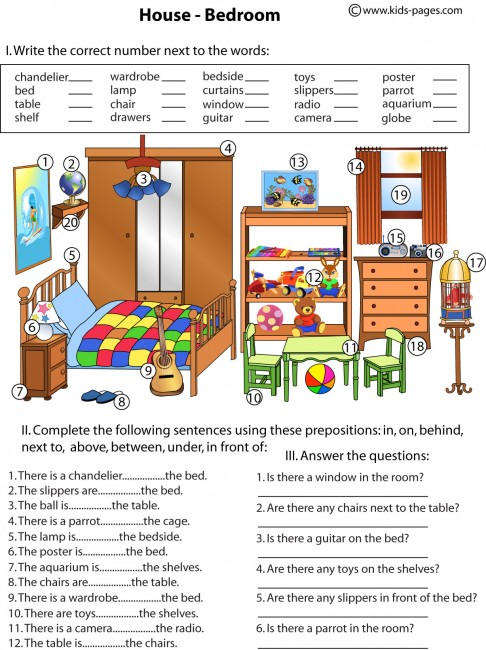 e., asking that same coworker not to make unreasonable demands on your time or emotions.
e., asking that same coworker not to make unreasonable demands on your time or emotions.
Healthy Boundaries and Self-Care
Healthy boundaries are a crucial component of self-care. That’s because “in work or in our personal relationships, poor boundaries lead to resentment, anger, and burnout” (Nelson, 2016).
Some teachers say that setting boundaries helps them avoid burnout and stay in the profession longer (Bernstein-Yamashiro & Noam, 2013). This is important because it indicates that healthy boundaries at work help someone find more fulfillment and less stress in their professional life—leaving room for a better personal life.
More generally, the consequences of not setting healthy boundaries often include “stress, financial burdens, wasted time, and relationship issues, which can cause mental distress” (Prism Health North Texas, n.d.). In other words, a lack of healthy boundaries can negatively affect all aspects of someone’s life.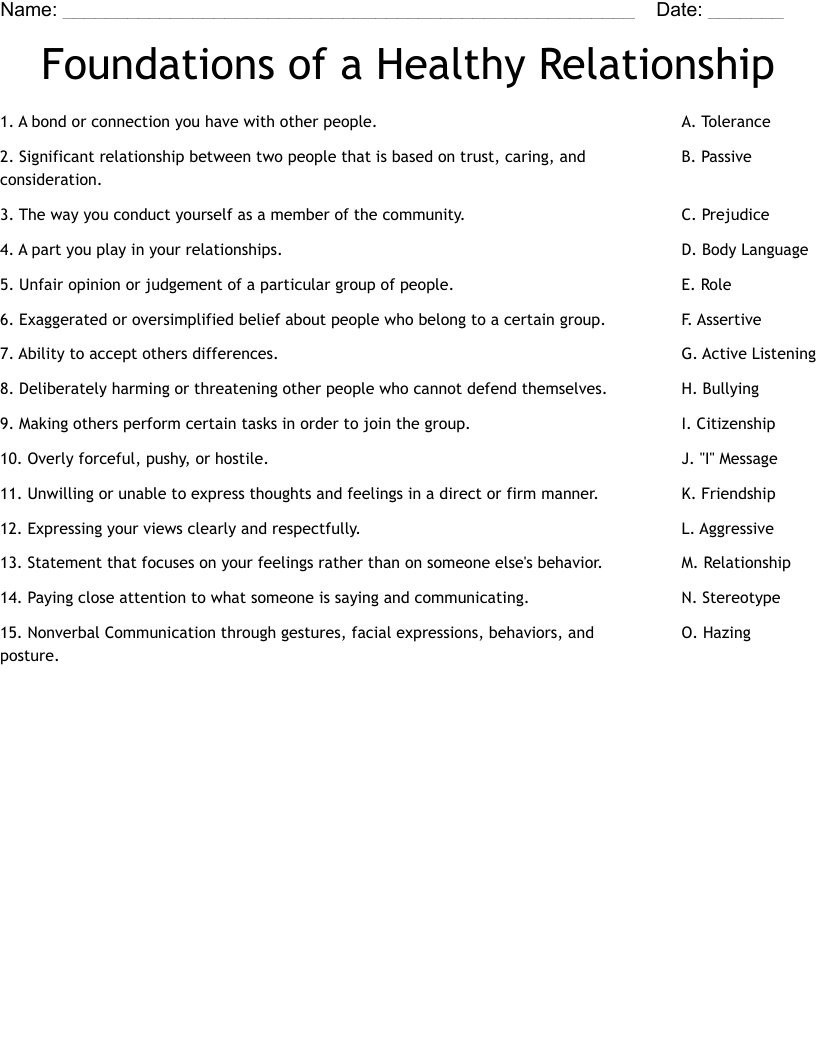
Setting healthy boundaries can have many benefits, including helping people make decisions based on what is best them, not just the people around them. This autonomy is an important part of self-care.
In the context of recovering from substance abuse, self-care can include “meaningful connection with recovery support and children, taking care of physical health, maintaining spirituality, healthy eating, exercise, journaling, continuing education, staying busy, sponsorship, establishing boundaries, self-monitoring, abstinence, and dealing with destructive emotions” (Raynor et al., 2017).
Self-care like this “may serve to support the general health and wellbeing of individuals” (Raynor et al., 2017).
Self-care, which can include setting boundaries, is an important part of leading a mentally healthy life. But unlike more intuitive aspects of self-care like healthy eating and exercise, setting healthy boundaries isn’t something most people understand.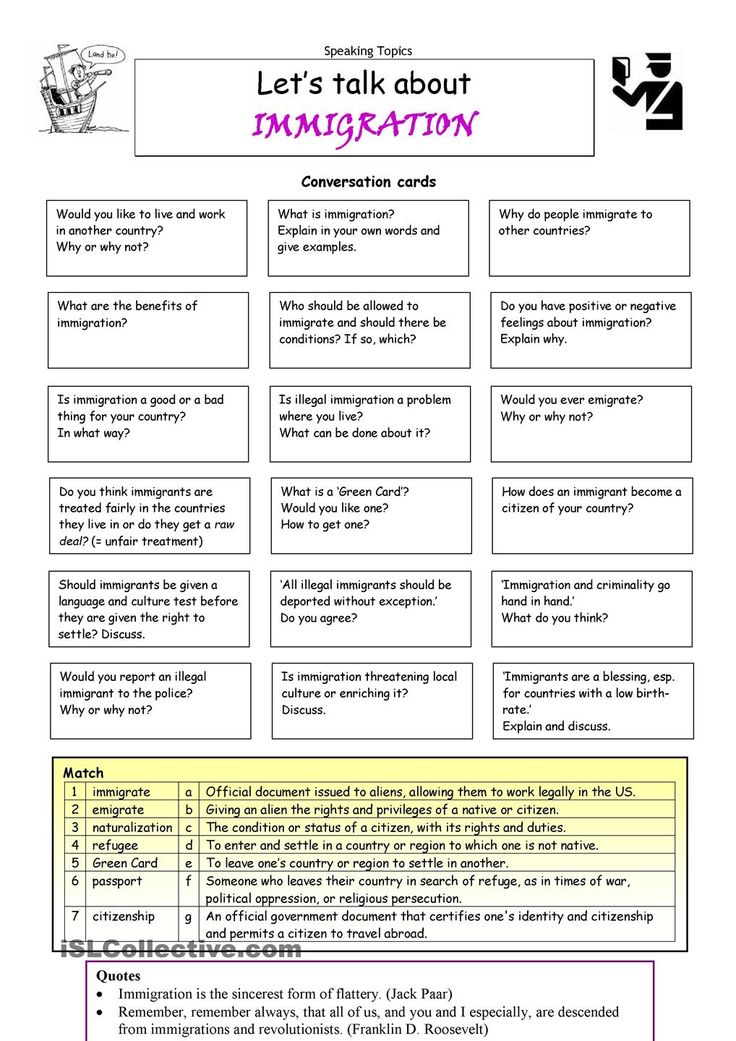 For more people to experience greater well-being and fulfillment, they must learn about healthy boundaries.
For more people to experience greater well-being and fulfillment, they must learn about healthy boundaries.
10 Examples Of Healthy Boundaries
This leads to the question, ‘What do healthy boundaries look like?’
The types of boundaries one might set depends on the setting. That is, one person’s healthy boundaries with a romantic partner will be very different from that same person’s healthy boundaries with a boss or coworker.
To start out, we’ll look at professional boundaries.
In a teacher-student relationship, a teacher might set healthy boundaries by choosing to keep their personal lives separate from their professional lives by not telling their students too much about their private lives (Bernstein-Yamashiro & Noam, 2013).
Teachers can also begin each school year by telling students what they are and are not comfortable with. For example, teachers can tell their students they do not want to hear their students talking about illicit activities in the classroom.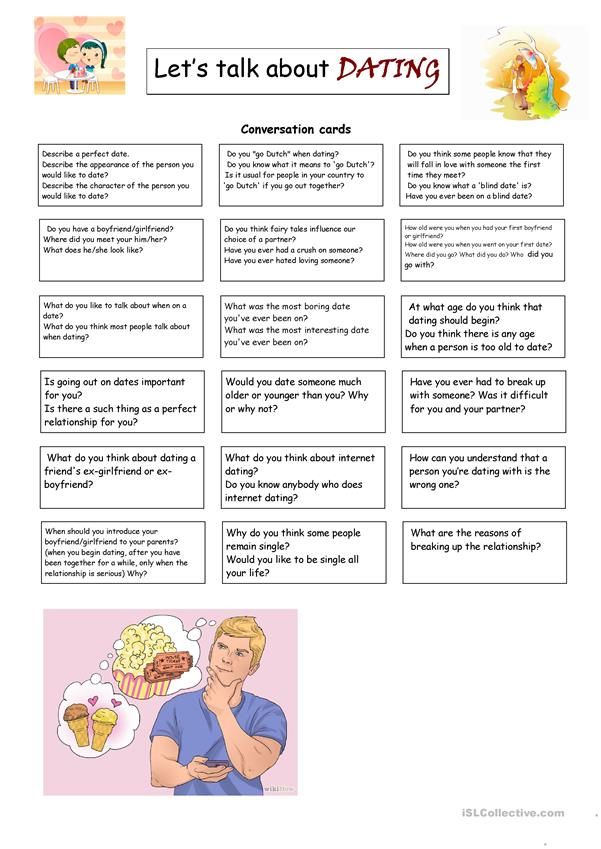
Another way teachers can set boundaries is by telling themselves that they will not hold themselves responsible for every aspect of their students’ lives. That way, they won’t be too hard on themselves when a student suffers from something out of the teacher’s control.
Teachers are not the only professionals who can benefit from healthy boundaries. Mental health professionals also need to practice self-care and set healthy boundaries with their clients—they are not immune to stress and mental health disorders and might be even more vulnerable to those issues than the general population (Barnett et al., 2007).
One way that therapists can set clinical boundaries is by not connecting with their clients on social media (and being clear about this rule) so that they do not mix their professional responsibilities with their personal lives.
Of course, professionals are not the only ones who need to practice self-care by setting healthy boundaries. People can also set boundaries with their friends—even well-meaning ones.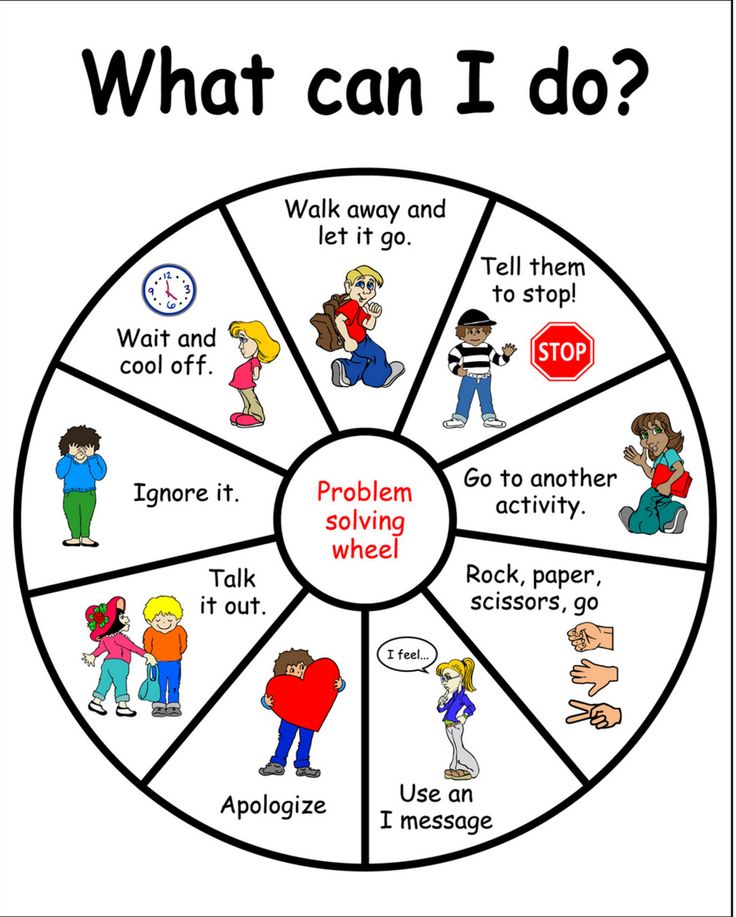
For example, a woman in the middle of packing up her house for a move might not let a friend who dropped in unannounced stay too long—that way she can get done what she needs to get done (Katherine, 2000). Similarly, that woman might politely decline the same friend’s request to help her pack if she thinks packing should be a personal process (Katherine, 2000).
Healthy boundaries can help manage demands on people’s time, not just malicious or thoughtless demands on one’s time or emotions.
Another setting in which healthy boundaries are crucial is in a romantic partnership.
One example would be a person asking their partner for one night each week alone, as opposed to seeing each other daily. Another example would be a new mother asking her partner to take on more responsibility with their baby (such as giving baths, going to the park with the baby, and so on) so that she can have more time to herself (Barkin & Wisner, 2013).
Rather than fostering resentment, one can instead try to set and communicate their boundaries.
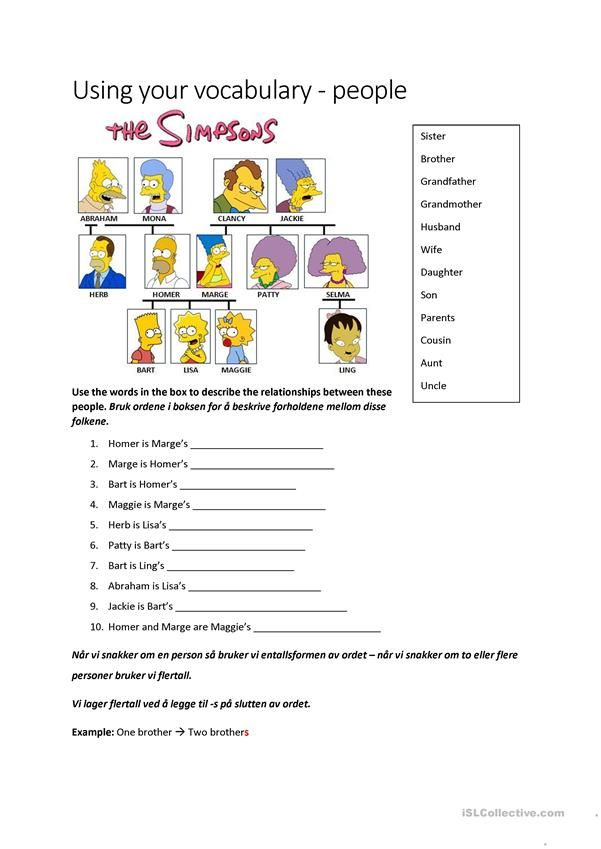
Finally, boundaries can be important in parent-child relationships. For example, parents might ask their child never to enter their bedroom without knocking first, in order to maintain some privacy. Children might ask their parents to never read their diaries or journals so that they can maintain some privacy of their own.
Parents can choose whether to respect a child’s proposed boundaries (they might reject some boundaries for safety reasons, for example), but it is important to be clear about the boundaries they do intend to respect in order to build trust with their children.
How To Set Personal and Emotional Boundaries
The first part of setting boundaries is examining the boundaries that already exist (or are lacking) in one’s life. For example, a woman might decide that she has healthy boundaries with her romantic partner, but not with her friends and coworkers. From there, she can decide what types of boundaries she wants to set with her friends and coworkers.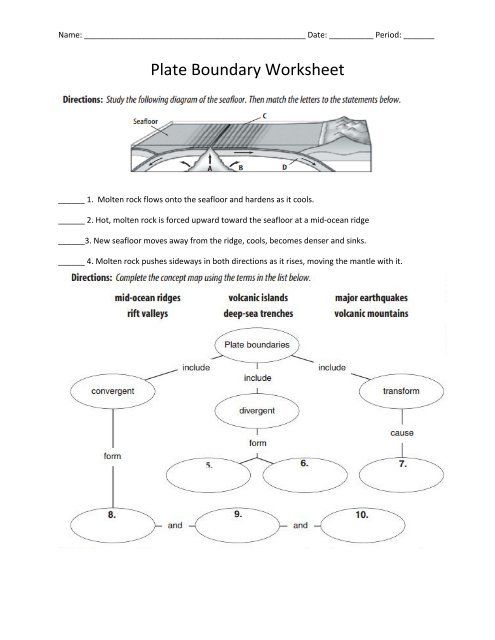
As for how to exactly set these boundaries, “Say ‘no’ simply but firmly to something you do not want to do. Do not feel that you need to explain” (Kairns, 1992). Not over explaining is a crucial aspect of setting boundaries, as everyone has the right to determine what they do and do not want to do.
This brings up another important point: Keep the focus on yourself (IPFW/Parkview Student Assistance Program, n.d.). Instead of setting a boundary by saying something like, “You have to stop bothering me after work”, a person can say, “I need some time to myself when I get back from work.”
Another important thing to remember is: “It is impossible to set boundaries without setting consequences” (IPFW/Parkview Student Assistance Program, n.d.). This means that when setting boundaries, it is important to explicitly state why they are important.
For example, a person in an unhealthy relationship might declare that his partner needs to start respecting his career goals if his partner wants to continue being in a relationship with him.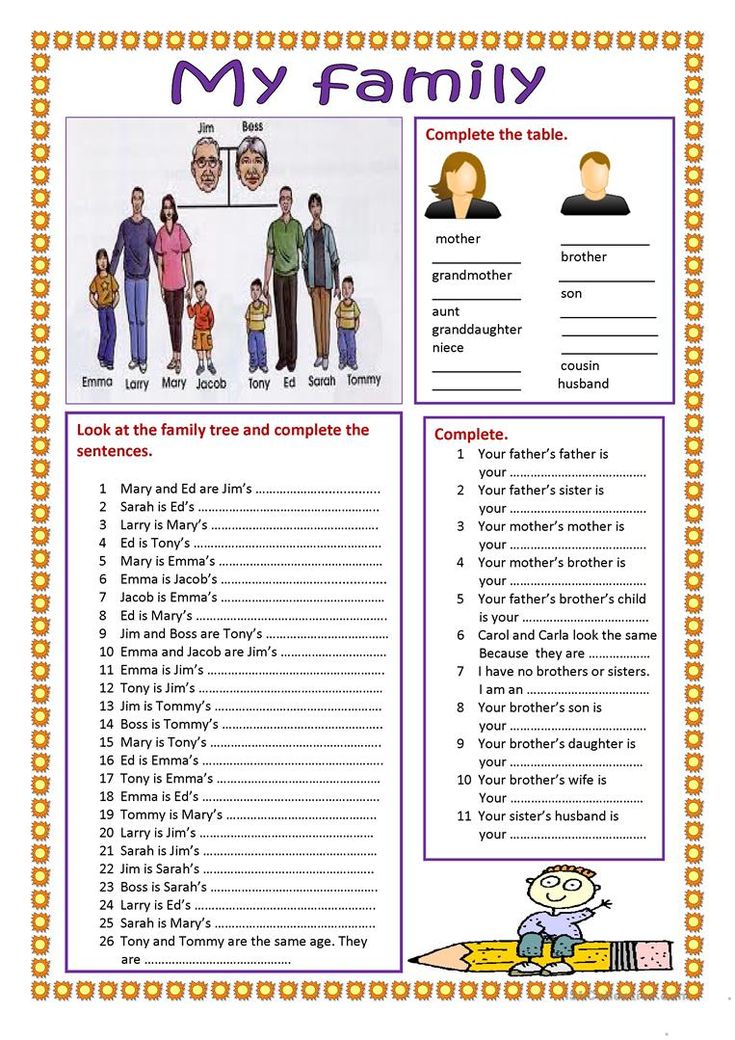 It is also crucial to only declare consequences that one is willing to follow through on, or else the boundaries will not be effective.
It is also crucial to only declare consequences that one is willing to follow through on, or else the boundaries will not be effective.
In general, the key to setting boundaries is first figuring out what you want from your various relationships, setting boundaries based on those desires, and then being clear with yourself and with other people about your boundaries.
Boundaries In Relationships
Boundaries in relationships can be especially important.
“When one person is in control of another, love cannot grow deeply and fully, as there is no freedom” (Cloud & Townsend, 2002).
In other words, healthy boundaries can be the difference between a healthy, happy relationship and a toxic, dysfunctional relationship.
A lack of boundaries can lead to an unhealthy relationship because one partner may feel that he or she has no privacy anymore (Hall Health Center Health Promotion Staff, 2014). However, too many boundaries can also be an issue, as in the case of people who refuse to spend time with the friends and families of their partners.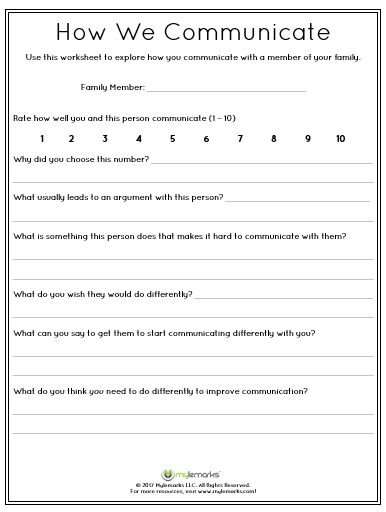
In the case of people in relationships who also have children, boundaries can be particularly important. For example, one research paper looking at self-care in new mothers highlighted a “willingness to delegate and the ability to set boundaries” as an important practical application of self-care (Barkin & Wisner, 2013).
A new mother who can set boundaries with her partner in order to respect her needs will likely be better off than one who cannot, and this will help the relationship too.
The fact that boundaries are important in relationships underscores the importance of setting and respecting boundaries. It’s important to understand and respect each other’s boundaries in a long-term partnership, just as it’s important to respect the boundaries of people whom one does not know very well.
One good way to avoid crossing someone’s boundaries (and to avoid having one’s own boundaries crossed) is to have honest conversations about boundaries with people.
Healthy Boundaries Worksheets (PDFs)
For people who want to learn more about boundaries, here are some worksheets that deal with healthy boundaries and how they can affect one’s life.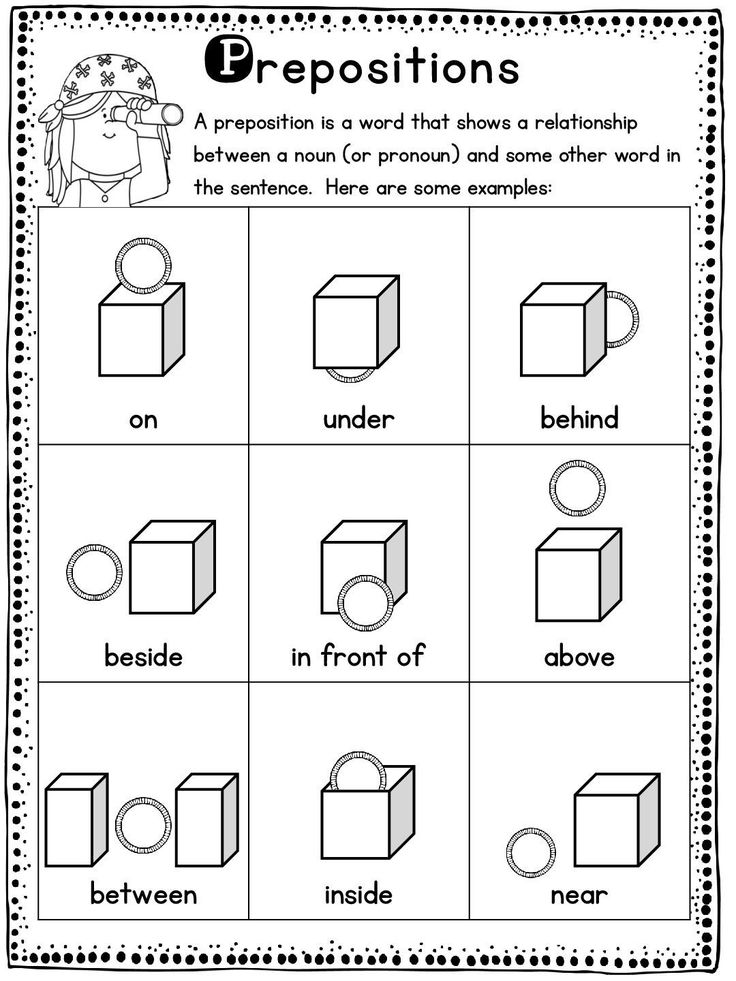
What are Personal Boundaries?
This worksheet explains the difference between rigid, porous, and healthy boundaries and the different areas in which one might set boundaries (such as physical boundaries, emotional boundaries, and sexual boundaries). After learning from this worksheet, you can explore your own boundaries with the supplementary exercise, also from Therapist Aid.
How to Create Healthy Boundaries
This worksheet also describes different types of boundaries one might set and also offers tips for setting those boundaries.
My Boundary Response Plan
This worksheet, featured in the Positive Psychology Toolkit, guides the user through the setting of implementation intentions to help them stay calm and address the situation when personal boundaries are being crossed.
Setting Boundaries in Difficult Conversations
This worksheet, also featured in the Positive Psychology Toolkit, will help individuals feel more capable and less fearful when they need to speak up for themselves and verbally set personal boundaries.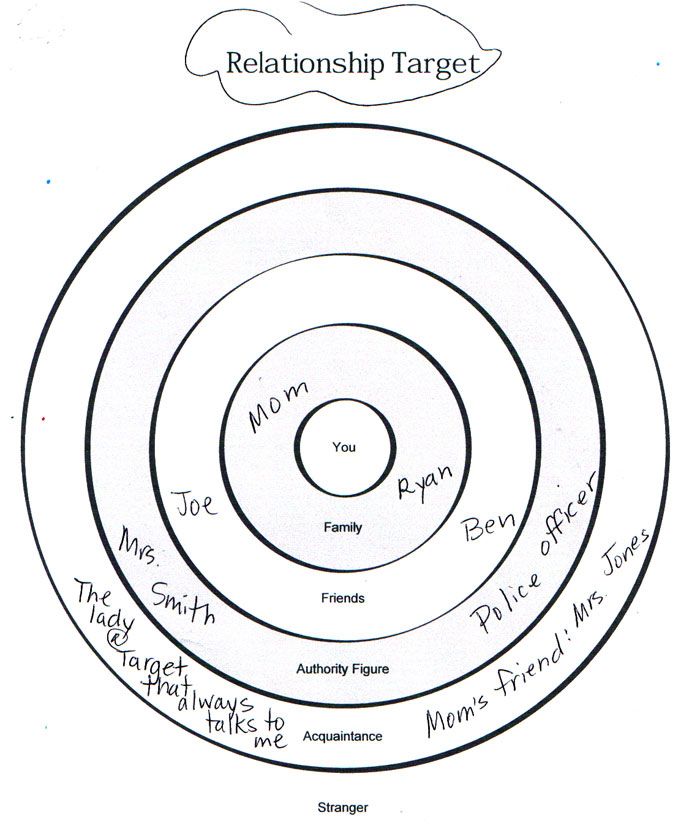 This worksheet is particularly useful for running a small-group exercise but can also be completed one-on-one with a facilitator.
This worksheet is particularly useful for running a small-group exercise but can also be completed one-on-one with a facilitator.
Building Better Boundaries
This is less of a worksheet than it is an entire workbook (it’s more than 60 pages), but it can facilitate a deep dive into the topic of boundaries. It teaches the reader what boundaries are and how to set them in different situations.
Boundaries Worksheets for Kids and Parents (PDFs)
Teaching children the importance of boundaries is a crucial part of parenthood. This can be hard, though, if parents themselves don’t understand the importance of boundaries.
Here are some worksheets and other resources that parents can use to teach their children (and themselves) about the importance of boundaries, both between children and their parents and between children and other people.
Boundaries
This worksheet will help children differentiate between rigid, clear, and fuzzy boundaries, and will also help them think about boundaries in their own lives.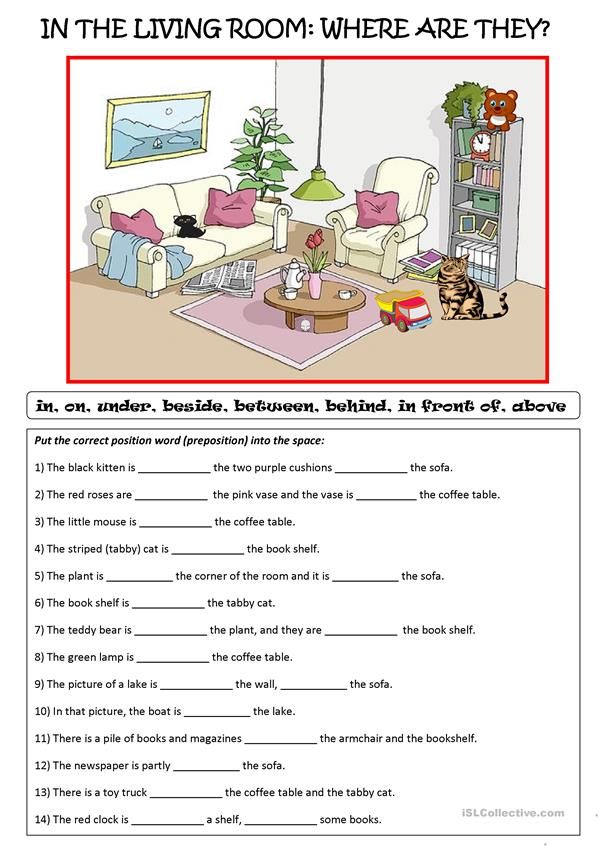
Healthy Boundaries, Healthy Children
This worksheet is not for children, but rather for parents who want to teach their children about boundaries. It explains the importance of setting boundaries for children, then gives tips on how to teach them about boundaries. This is an excellent starting point for parents who are not sure how to set appropriate boundaries for their children.
Boundaries and Expectations Exercises
Livestrong.com provides helpful information on establishing boundaries that can be accessed here (Scottsdale, 2015). There are tips for parents of children of all ages, from toddlers to high schoolers. The article explains how using the word “no” can establish early boundaries for toddlers, and also explains the importance of extending trust to adolescents when they have earned it.
A Take-Home Message
Setting healthy boundaries is a crucial part of life and an important aspect of any self-care practice. Someone who’s not used to setting boundaries might feel guilty or selfish when they first start out, but setting boundaries is necessary for mental health and well-being.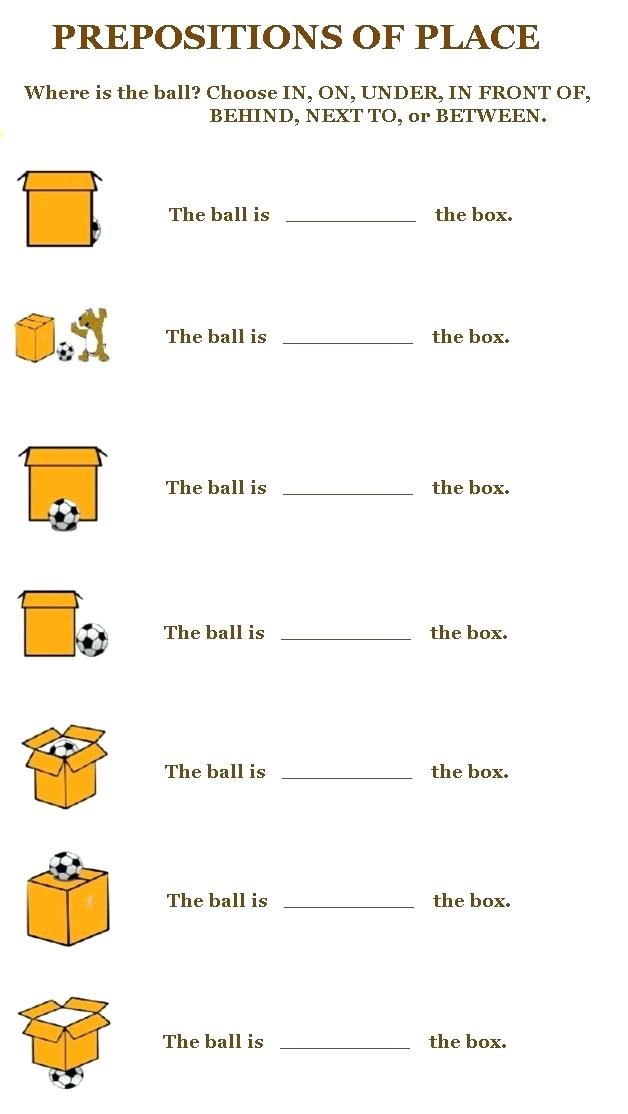 Appropriate boundaries can look very different depending on the setting, and it’s important to set them in all aspects of one’s life.
Appropriate boundaries can look very different depending on the setting, and it’s important to set them in all aspects of one’s life.
Finally, while setting boundaries is crucial, it is even more crucial to respect the boundaries that others have set for themselves. This goes for parents, children, romantic partners, bosses, coworkers, and anyone who interacts with or has power over anyone else. Respect is a two-way street, and appreciating the boundaries others have set for themselves is as important as setting boundaries for oneself.
How easy is it for you to set healthy boundaries? Do you have any tips for setting and respecting healthy boundaries? We’d love to hear your thoughts in the comments section.
We hope you enjoyed reading this article. Don’t forget to download our 3 Self Compassion Exercises for free.
If you wish to learn more, our Science of Self Acceptance Masterclass© is an innovative, comprehensive training template for practitioners that contains all the materials you’ll need to help your clients accept themselves, treat themselves with more compassion and see themselves as worthy individuals.
See the full article here
Jaime McClintock
0 LikesHow to set personal boundaries in a work team
September 28, 2021 One on one Relations
Defend your territory gently but firmly.
Why it is important to uphold personal boundaries in a work team
We spend at least a third of the day at work. And if we take into account the lunch break and possible overtime, it turns out that we see colleagues more often than family. Therefore, a favorable climate in the team is not a luxury, but a condition necessary for our psychological well-being.
There are many situations that make us feel uncomfortable. Here are just a few examples:
- Some colleagues outsource some of their work to others to free up their time.
- The boss constantly asks to stay late or go out on a day off, and such situations are taken for granted.

- Every now and then conflicts flare up that are not related to work issues, but only force them to waste time and lead to an aggravation of relations.
- One of the employees during the conversation comes too close, touches the interlocutor or asks personal questions.
- Gossip is spread in the team, there is discrimination based on personal qualities. Moreover, it is not necessary to be a victim, the fact itself is enough.
- Communication uses passive aggression rather than healthy dialogue principles.
- Colleagues write and call at night for issues that do not require immediate attention.
- The boss evaluates not the work itself, but the personality of the performer, insults or humiliates subordinates.
Often people are willing to put up with such inconveniences. The reasons are usually simple and clear. Someone, for example, in principle, does not know how to build boundaries, and someone is afraid that this will damage their career, or even lead to dismissal.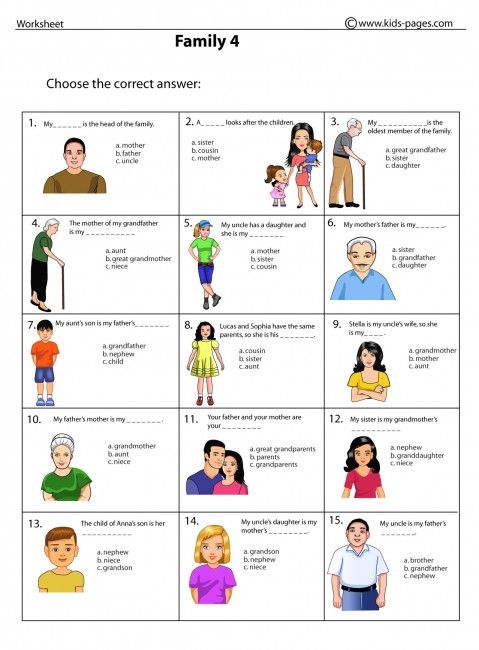 This is quite real, especially if management encourages the absence of a boundary between work and personal, and those who disagree with this state of affairs are pushed to leave in various ways.
This is quite real, especially if management encourages the absence of a boundary between work and personal, and those who disagree with this state of affairs are pushed to leave in various ways.
So, on the one hand, whether to defend one's borders or not is a personal choice for everyone. On the other hand, in the long run, all this will affect your well-being, mood and self-esteem.
Oleg Ivanov
Psychologist, conflictologist, head of the Center for Settlement of Social Conflicts.
The intrusion of strangers into personal space affects psychological well-being. A person may feel guilty, tired, irritated. Often there is a feeling of loss of control over one's own life, inability to make decisions independently. Therefore, it is important to respect personal boundaries in any relationship, including working ones.
How to assert boundaries with colleagues
Set your priorities
This is the time to start with yourself. Formulate what exactly you mean by the concept of a “favorable climate” in the team and how you would like to see the working relationship.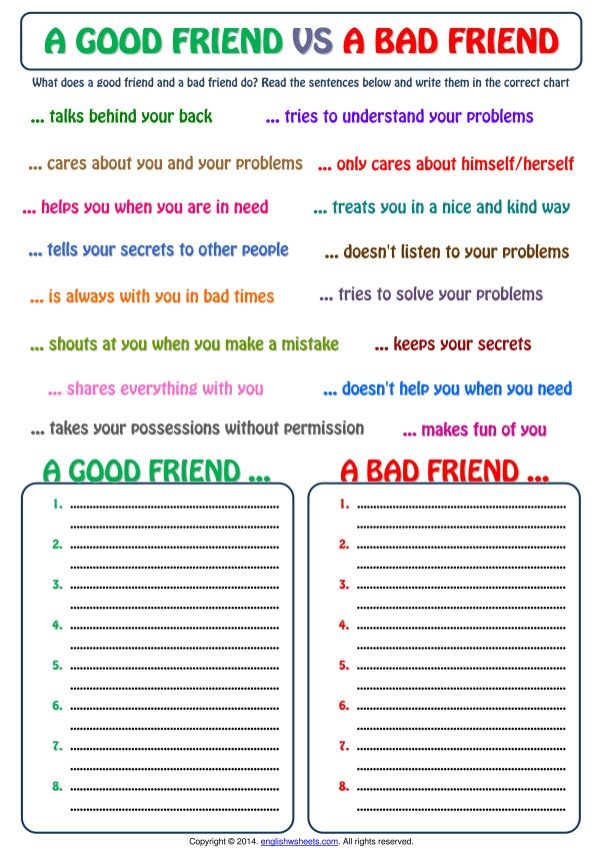 And then decide on what you agree to be flexible and what to close your eyes to, and on what issues you will take a principled position.
And then decide on what you agree to be flexible and what to close your eyes to, and on what issues you will take a principled position.
There will always be many nuances in life, so it will be burdensome to defend all the approaches to the borders at once. Start with what's most important to you.
Respect foreign borders
From the point of view of geopolitics, the borders between countries imply that the state not only protects its territory, but also does not invade the lands of its neighbor. The same is true in relationships: if you want your boundaries not to be violated, treat strangers with respect.
Let's say if you don't like answering questions about family or health, don't ask them to others. And if you do not expect to hear a joke about your religious denomination in return, do not joke about the nationality of your colleague. In general, the basic rule applies here: treat others the way you would like to be treated.
Illustration: Anna Guridova / LifehackerDo not participate in conversations on controversial topics
According to the rules of etiquette, politics, religion and health cannot be discussed in secular conversation.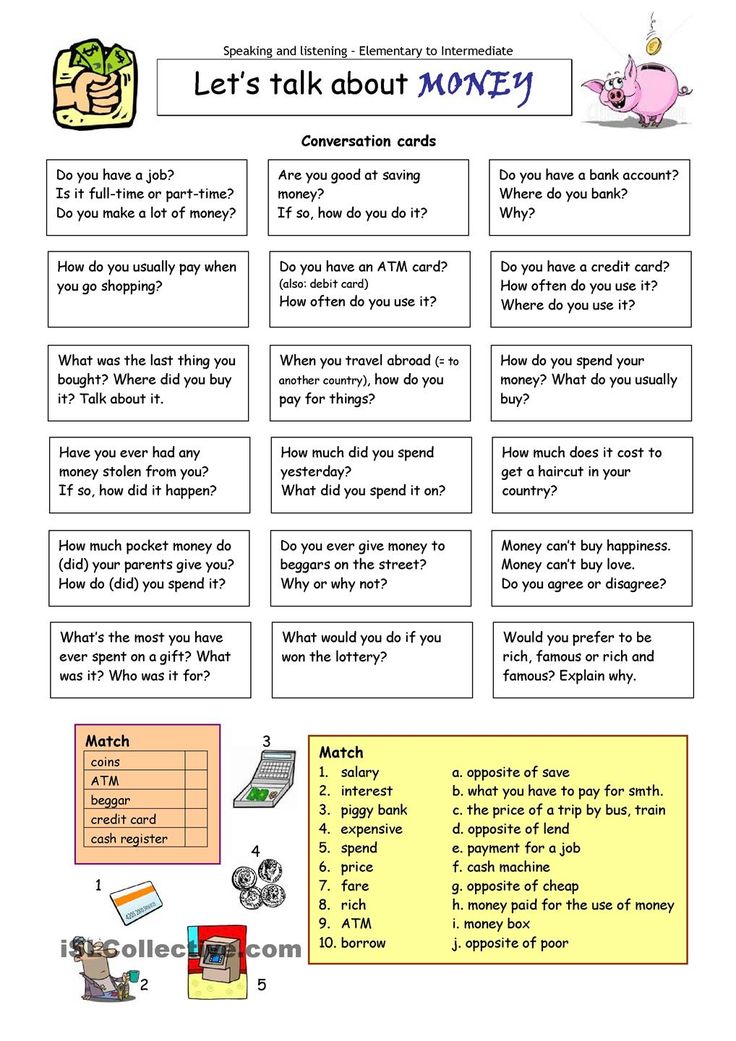 It is clear why: these are potentially provocative topics that can easily develop into a scandal with elements of assault. So at work it is better to refrain from discussing them. This also applies to other controversial issues, as well as gossip and rumors.
It is clear why: these are potentially provocative topics that can easily develop into a scandal with elements of assault. So at work it is better to refrain from discussing them. This also applies to other controversial issues, as well as gossip and rumors.
Svetlana Beloded
QBF Human Resources Manager.
Let's say you have a conversation about other team members that you don't want to participate in. To begin with, I advise you to simply not support it. If you keep silent one time, another, it will become clear that it is useless to have such conversations with you. You can also politely make it clear that you are not interested in this topic.
Be direct
Sometimes a person breaks into personal space not because the villain wants to hurt you. Perhaps he has other “pain points” and he does not realize that his behavior can cause discomfort to others. Or he himself has problems with boundaries.
There are many reasons, but your goal is not to save your colleague, but to protect yourself.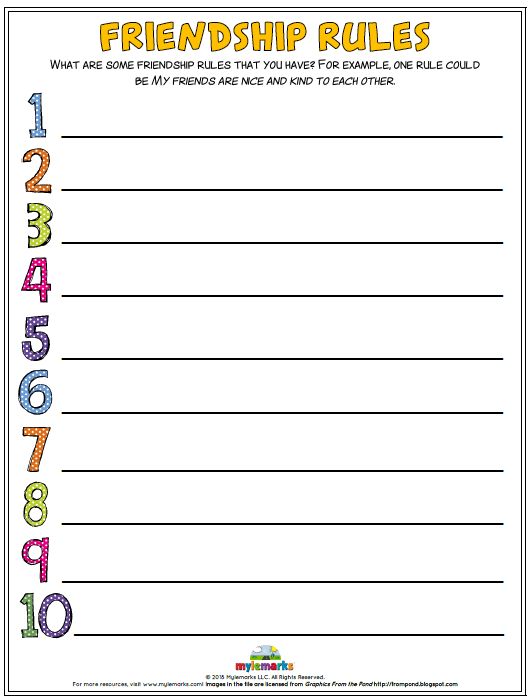 Therefore, sometimes it is enough to openly talk about the inconveniences that you experience. This is especially true for personal things - for example, if a colleague has a habit of touching everyone or asking about topics that you consider intimate.
Therefore, sometimes it is enough to openly talk about the inconveniences that you experience. This is especially true for personal things - for example, if a colleague has a habit of touching everyone or asking about topics that you consider intimate.
Alexander Rykiel
Candidate of Sciences in Psychology, Head of Intergenerational Communication and Conflict Situations at Business Speech.
In order not to look like a conflict, you can turn everything into a joke or somehow try to say softly, but at the same time taking the “blame” on yourself: “For some reason I don’t like hugs. All normal people love, but I don't. Therefore, you don’t have to hug me - I’m such a person. ”
However, this works if the aggressor acts unconsciously. If tactlessness is manipulation and its meaning is to influence you, then, according to Alexander Rykiel, you can react to it publicly: “For some reason you are trying to put me in a stupid position. Why are you doing this?”
Practice a neutral response
The natural impulse when encountering a border trespasser is to put him in his place.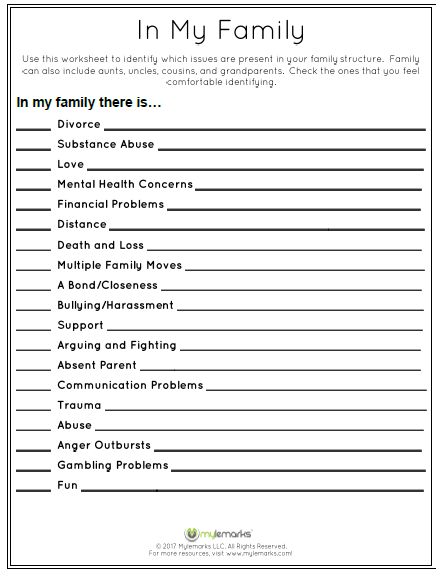 But in the team it is important to defend your rights and not worsen the general climate.
But in the team it is important to defend your rights and not worsen the general climate.
Psychologist Ekaterina Korolkova advises for this to work on neutral intonations and facial expressions, with which you will convey to the interlocutor what you want to say to him. It may not reflect your true emotions, but they are a poor helper when it comes to setting boundaries at work.
Armed with neutrality, you can respond to incursions into your territory in several ways:
- Express your feelings: "I'm sorry, but I feel very uncomfortable when such issues are discussed in my presence."
- Make assumptions about how the other person is feeling. For example, this is how you respond to a tactless remark from a colleague: “It looks like I annoy you today.”
- Rephrase what you were told: “Do I understand correctly that you are asking me to solve this problem for you?”
Ekaterina Korolkova
Psychologist.
Neutrality is the key here.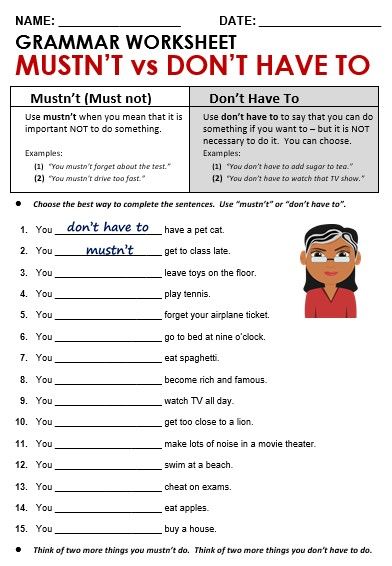 The slightest hint of sarcasm can spoil the whole thing.
The slightest hint of sarcasm can spoil the whole thing.
Learn to say "no"
It is not uncommon to try to delegate your responsibilities to colleagues. And here the folk wisdom works: "Whoever is lucky, they go on that." So the main task is not to put “riders” on your back.
Svetlana Beloded recommends that you tactfully indicate if some issues have nothing to do with you, and their solution is not part of your job responsibilities. This should be said calmly but firmly.
If you feel that a colleague might be offended by such an answer, list what you are doing now. Make it clear that an additional task will not allow you to complete your work tasks on time.
Illustration: Anna Guridova / Lifehacker At the same time, it is important to distinguish between when a person is trying to manipulate and when he really needs help. In the end, there are always common tasks. And if somewhere the deadlines for a project that will bring a large amount of money to the company are burning, everyone will smell like smoke.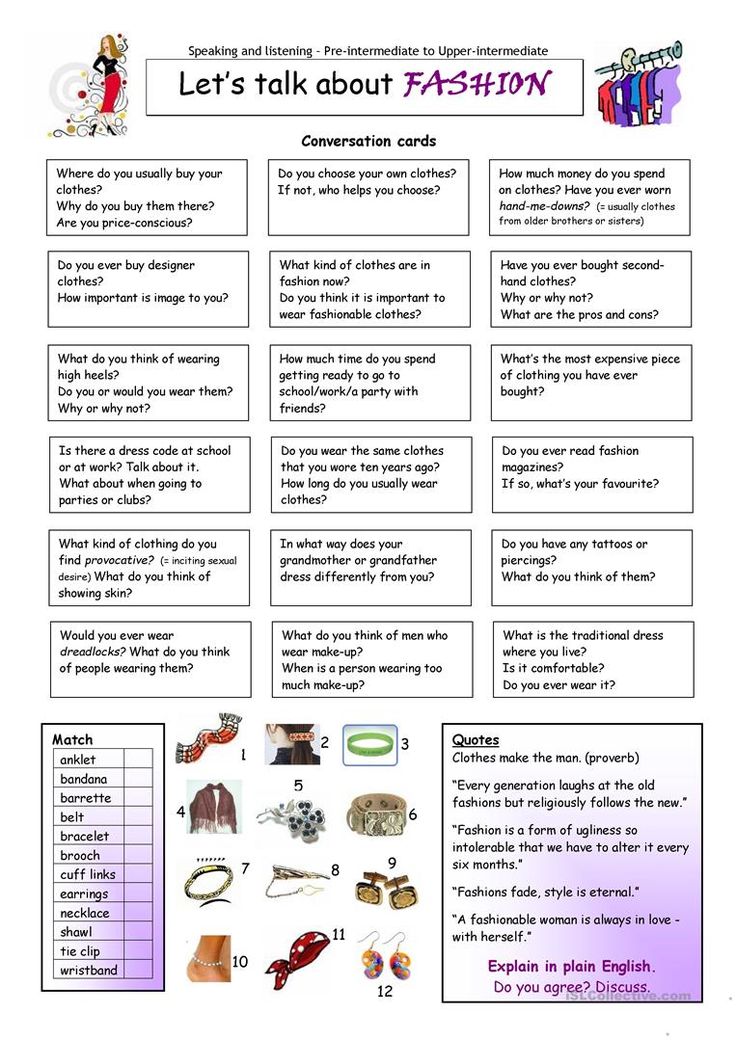 In such a situation, there is definitely a reason to stay late after work or take on atypical duties.
In such a situation, there is definitely a reason to stay late after work or take on atypical duties.
If a colleague asks you for advice or asks you to teach him something, this can also bring dividends in the future. Therefore, not all appeals for help should be taken with hostility.
Be Consistent
Once you've made up your mind to defend your personal boundaries, stick to the end. If you constantly change position or it is opaque to others, colleagues will not take it seriously.
Let's say, if today you say that you don't want to discuss others, and tomorrow you report to the department the news that Mikhalych from the third shop has divorced, then it is not very clear what, from your point of view, is acceptable and what is not.
Don't expect everything to go smoothly either. Many will perceive your position with hostility. For example, you ask a colleague not to call you before the start of the working day, because your household members are still sleeping and the phone signal can wake them up.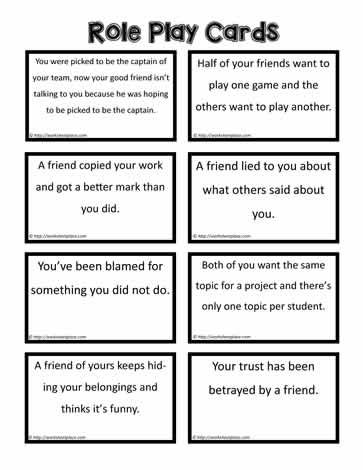 And he will think in response: “Look what swells! I generally get up at five in the morning, ”and will continue to call as if nothing had happened.
And he will think in response: “Look what swells! I generally get up at five in the morning, ”and will continue to call as if nothing had happened.
There is always a chance that things will change over time. Do not lose hope and remember: companies that employ people who are able to negotiate normally do exist. Maybe you just haven't found yours yet.
Read also 🧐
- 5 ways to refuse your boss's assignment without saying no
- How to learn to say no
- 5 tips to avoid conflicts at work
- 15 non-obvious reasons why you might hate your job
- Can an employer interfere in your life
How to protect personal boundaries at work: advice from a psychologist
In personal relationships, we often pay attention to cases of violation of our boundaries and talk about it openly. But in the workplace, many people forget about the need to respect personal boundaries and perceive the feeling of discomfort as the norm. This is wrong, because we spend a third of our lives at work and work relationships have no less impact on us than personal ones.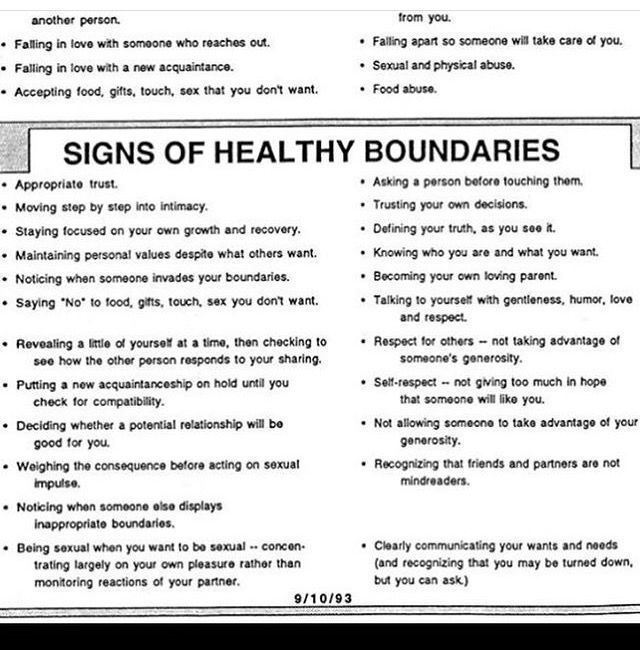 Our comfort in the workplace directly affects productivity and, as a result, the efficiency of the company. Psychologist Yulia Abysova spoke about how to define and defend personal boundaries at work.
Our comfort in the workplace directly affects productivity and, as a result, the efficiency of the company. Psychologist Yulia Abysova spoke about how to define and defend personal boundaries at work.
Why do people often fail to assert boundaries at work?
- People don't push boundaries at work for many reasons. Most often because of fear of authority figures or fear of consequences: for example, “I will be fired”, “then they will not give me life at all.” Sometimes the desire to “not stoop to their level”, that is, not to start screaming or being rude in response, interferes with building boundaries. Of course, you can't react with aggression to aggression, but by not reacting, you justify the toxicity towards you. Therefore, be sure to politely ask not to raise your voice at you.
How do you know when your personal boundaries are violated?
- Personal boundaries are violated when the actions of another person towards you seem unacceptable to you and make you feel uncomfortable.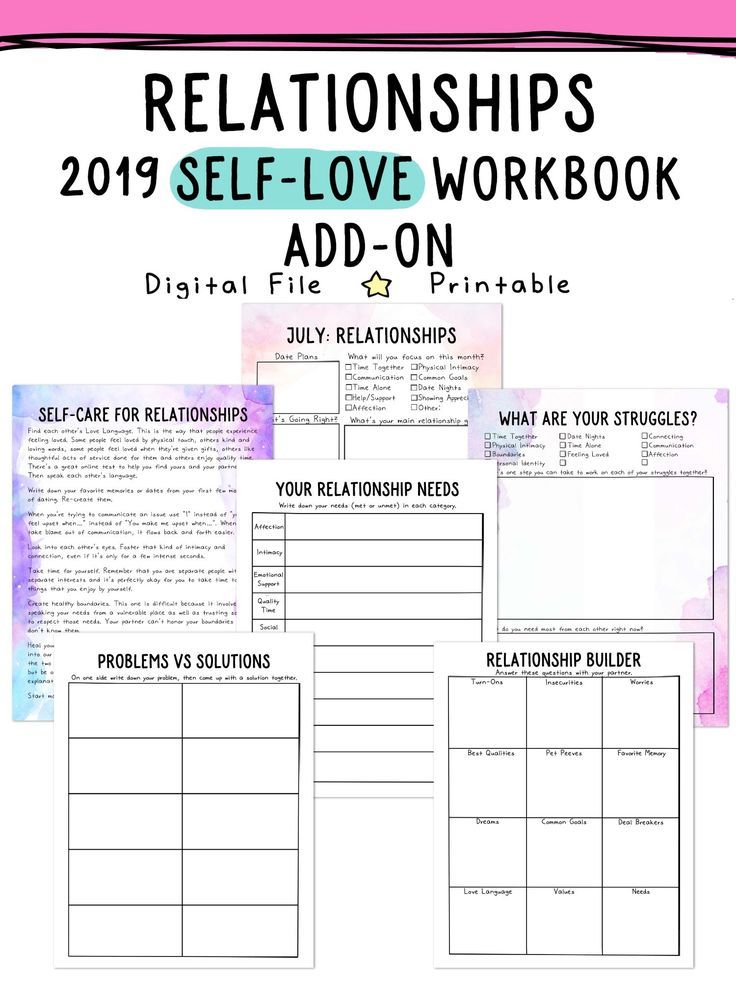 Also, violation of personal boundaries occurs when someone hurts self-esteem. Typical examples of boundary violations at work: raising your voice, inappropriate questions, harassment (molestation, intimacy), offensive jokes. Even if you make a mistake, the boss should not yell or humiliate you. Being in a higher position is no excuse. Another example of boundary violations: “getting personal” when not your work is criticized, but your mental abilities. This behavior is unprofessional and you have the right to stop such behavior. You also need to respond to attempts to manipulate you through intimidation, blackmail, or flattery.
Also, violation of personal boundaries occurs when someone hurts self-esteem. Typical examples of boundary violations at work: raising your voice, inappropriate questions, harassment (molestation, intimacy), offensive jokes. Even if you make a mistake, the boss should not yell or humiliate you. Being in a higher position is no excuse. Another example of boundary violations: “getting personal” when not your work is criticized, but your mental abilities. This behavior is unprofessional and you have the right to stop such behavior. You also need to respond to attempts to manipulate you through intimidation, blackmail, or flattery.
But sometimes everything seems harmless, doesn't it? How do I know when I have the right to say what I don't like?
- If you feel any discomfort related to the actions of another person towards you, you have the right to calmly discuss it. Often people are faced with the fact that they do not know how to respond to passive aggression: caustic comments or hurtful jokes.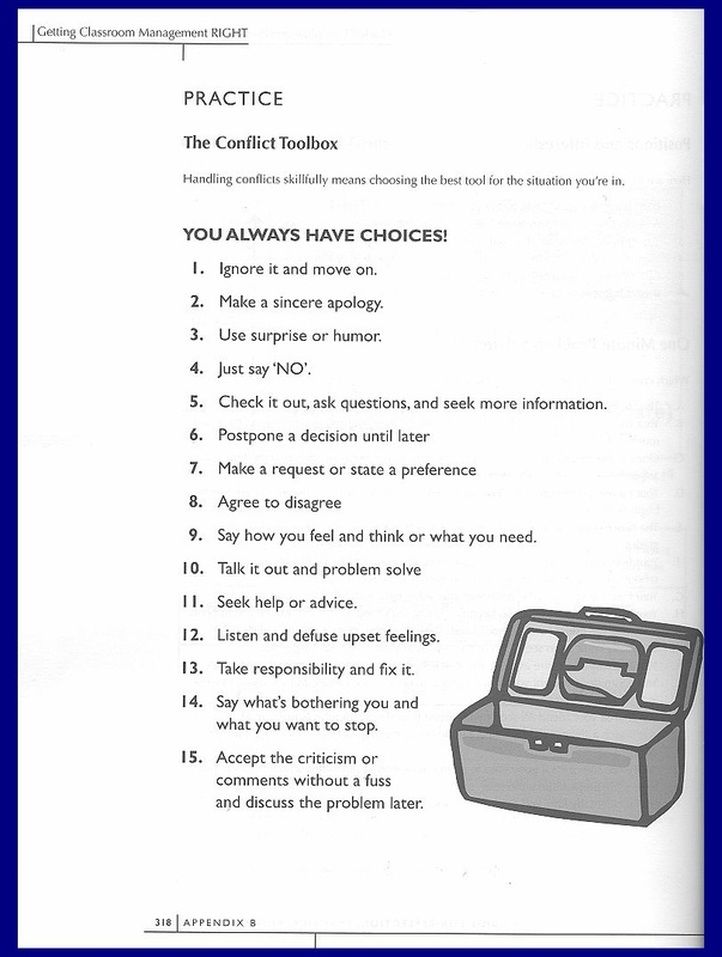 This behavior is also a violation of your personal boundaries.
This behavior is also a violation of your personal boundaries.
What mistakes do people make when trying to defend their borders?
- The biggest mistake is not to defend the borders at all. If you remain silent and endure discomfort for a long time, you will inevitably bring yourself to a nervous breakdown or burnout, when even your favorite work will seem unbearable. Another bad strategy is to remain silent and accumulate in yourself, and then explode. Even if in the end you voice your dissatisfaction, from the outside it will not look like a constructive remark, but like a baseless hysteria. Such a breakdown can ruin your professional image and relationships with colleagues.
It is also a mistake when, trying to defend your boundaries, you respond to rudeness with rudeness. When you try to “outplay” the violator of your boundaries, you enter his territory and behave just as destructively. Most often, personal boundaries can be defended calmly and politely.
Fear of “I will be fired”: how justified is it?
- If you ask without aggression not to violate your personal boundaries, there will be nothing to fire you for. You have the right to refuse unpaid overtime, ask your superiors not to ask you inappropriate personal questions or raise your voice at you. Do not forget that you are working for the benefit of the company and your productivity directly depends on how comfortable you are in the workplace.
You have the right to refuse unpaid overtime, ask your superiors not to ask you inappropriate personal questions or raise your voice at you. Do not forget that you are working for the benefit of the company and your productivity directly depends on how comfortable you are in the workplace.
What should I do if I try to defend the borders and the person gets offended?
–Many, after trying to defend personal boundaries, feel guilty for offending someone. It is important to understand that you are not responsible for what the person who violates your boundaries experiences. Provided, of course, that you address him politely and with respect, and do not respond with aggression for aggression. A classic example: if a person asks you to borrow money, and you refuse, he, too, may be offended. You are not to blame for the fact that he was upset because he did not get what he wanted. Also, “resentment” can be a manipulation aimed at “breaking” you, making you stop defending your boundaries.